Truck Driver Detention: A $15 Billion Problem & How to Solve It
Reduce trucking delays & costs! Explore the impact of detention on drivers, carriers & the supply ch...
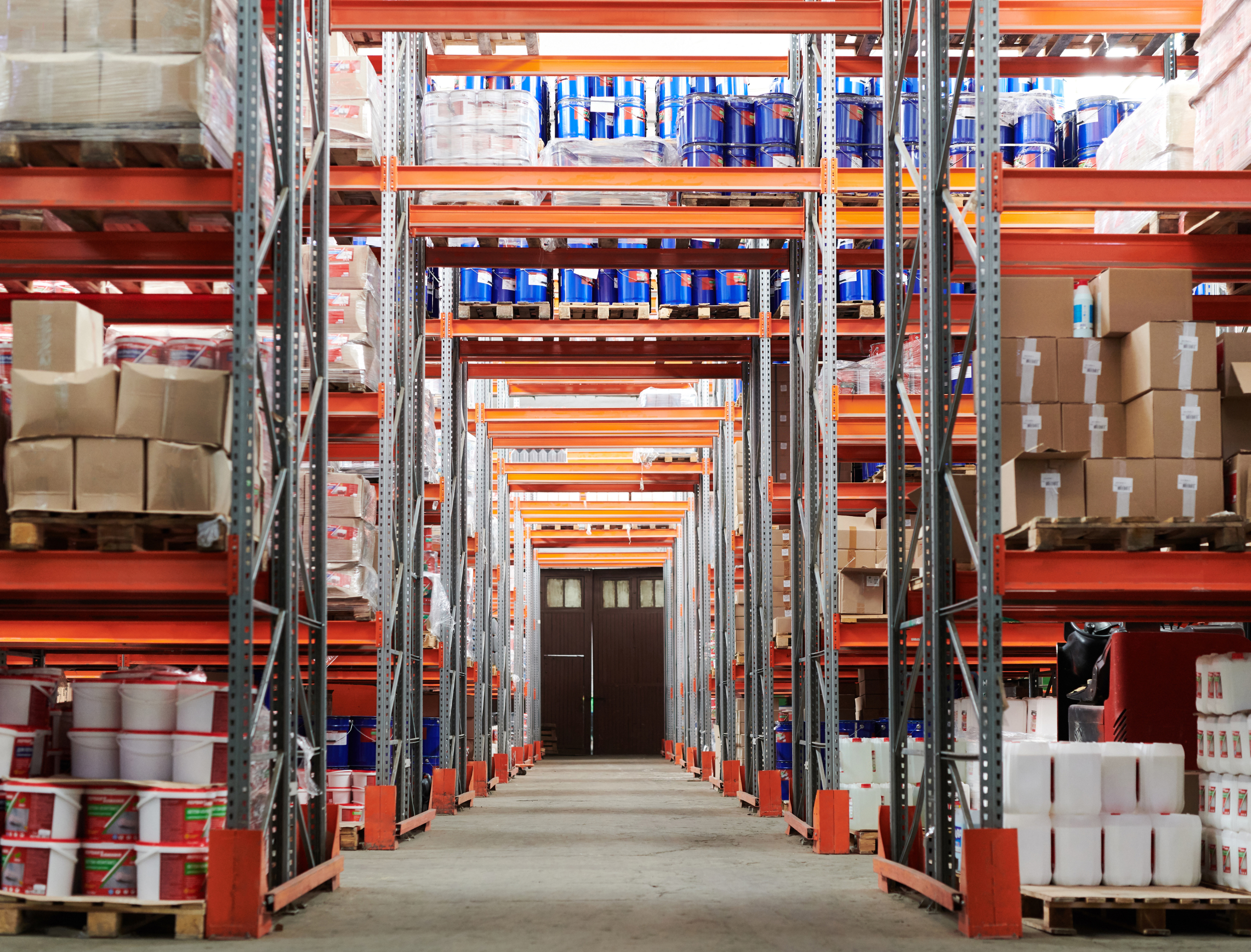
In the complex landscape of supply chain management, physical infrastructure serves as the backbone of your operations, orchestrating the continuous flow of goods and materials. At the heart of this infrastructure lies the distribution center, strategically positioned to store, handle, and distribute products efficiently. However, the journey from conceptualization to realization of a warehouse – known as warehouse implementation – is a multifaceted process that demands meticulous planning, design, and execution.
Building a warehouse encompasses three pivotal mandates: study, design, and implementation.
Study: This preliminary phase involves conducting a comprehensive study to answer fundamental questions such as: Should I expand? Should I reconfigure? Should I relocate? This phase lays the groundwork for subsequent decisions and actions.
Design: Analysis is carried out to determine the optimum requirements in terms of facility size, configuration, optimal processes, and equipment. This conceptual plan allows us to visualize the future facility, and to obtain a more detailed financial justification.
Implementation: This phase marks the transition of plans to reality. During implementation, a plan is created encompassing all the finite details required for successful execution. For example, the exact profiles of the pallet racking, the precise positioning of each product in the optimum pick location, the thickness of the concrete slab, sprinkler placement, and electrical requirements.
These large-scale projects are quite rare for most operators, and it’s common for certain aspects to be overlooked and cause headaches. Let’s look at these pitfalls in more detail:
Warehouse implementation is a meticulous process essential to the efficient functioning of the supply chain. By tackling the most common pitfalls and challenges with diligence and foresight, operators can ensure the success of their implementation projects. From conceptualization to implementation, each phase plays an essential role in a facility’s operational excellence. Through strategic planning, thoughtful design and rigorous execution, the implementation of a distribution center can propel operations and supply chain performance to new heights.
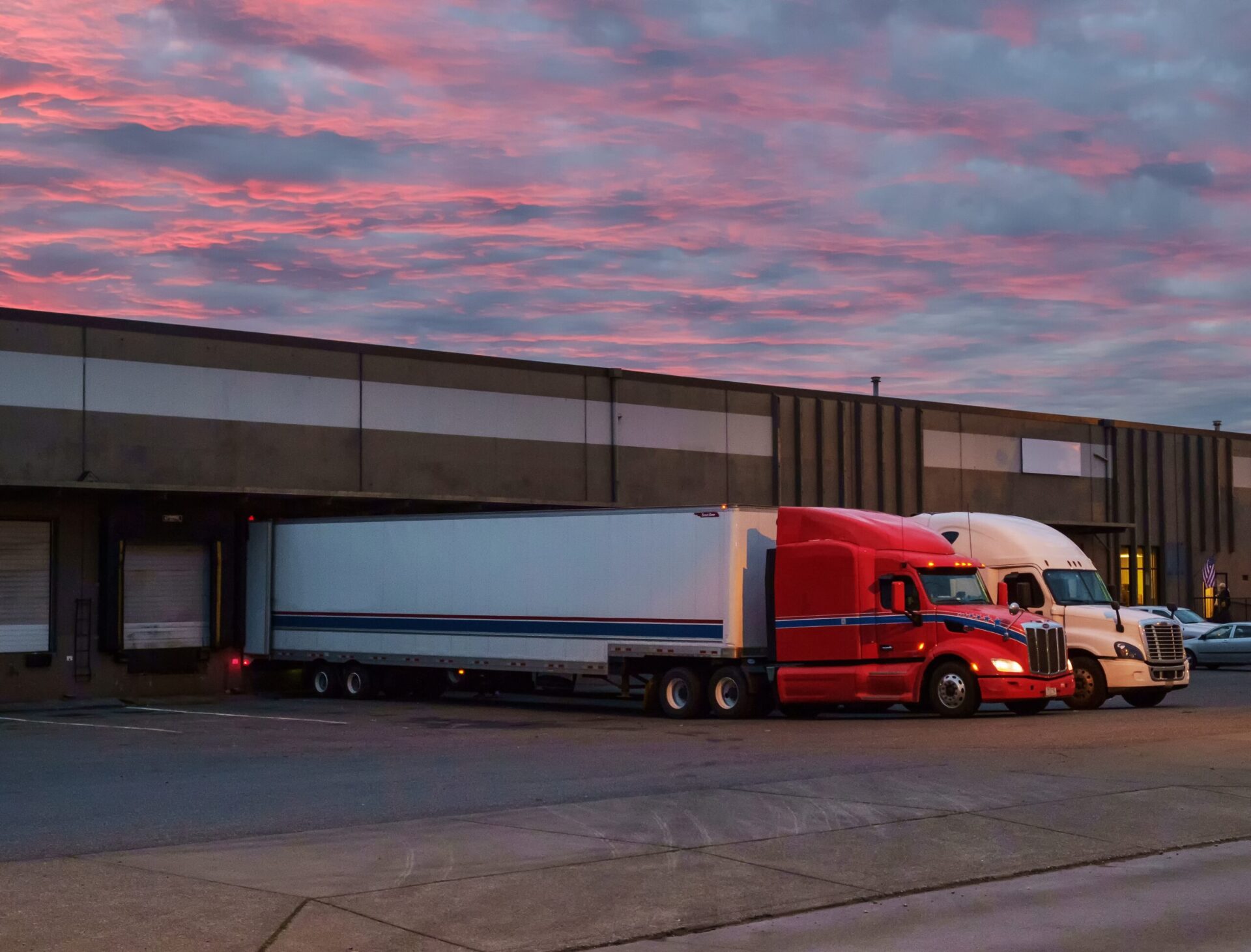
Reduce trucking delays & costs! Explore the impact of detention on drivers, carriers & the supply ch...

Simon keeps it simple: explore the transformative power of Common Data Models in modern supply chain...

In the rush to embrace AI, are we overlooking the irreplaceable value of human ingenuity? This artic...

The anticipated port strike exposes a critical question: How resilient is your supply chain network?...

Explore how Microsoft tools like Business Central and Power Platform leverage interoperability and i...
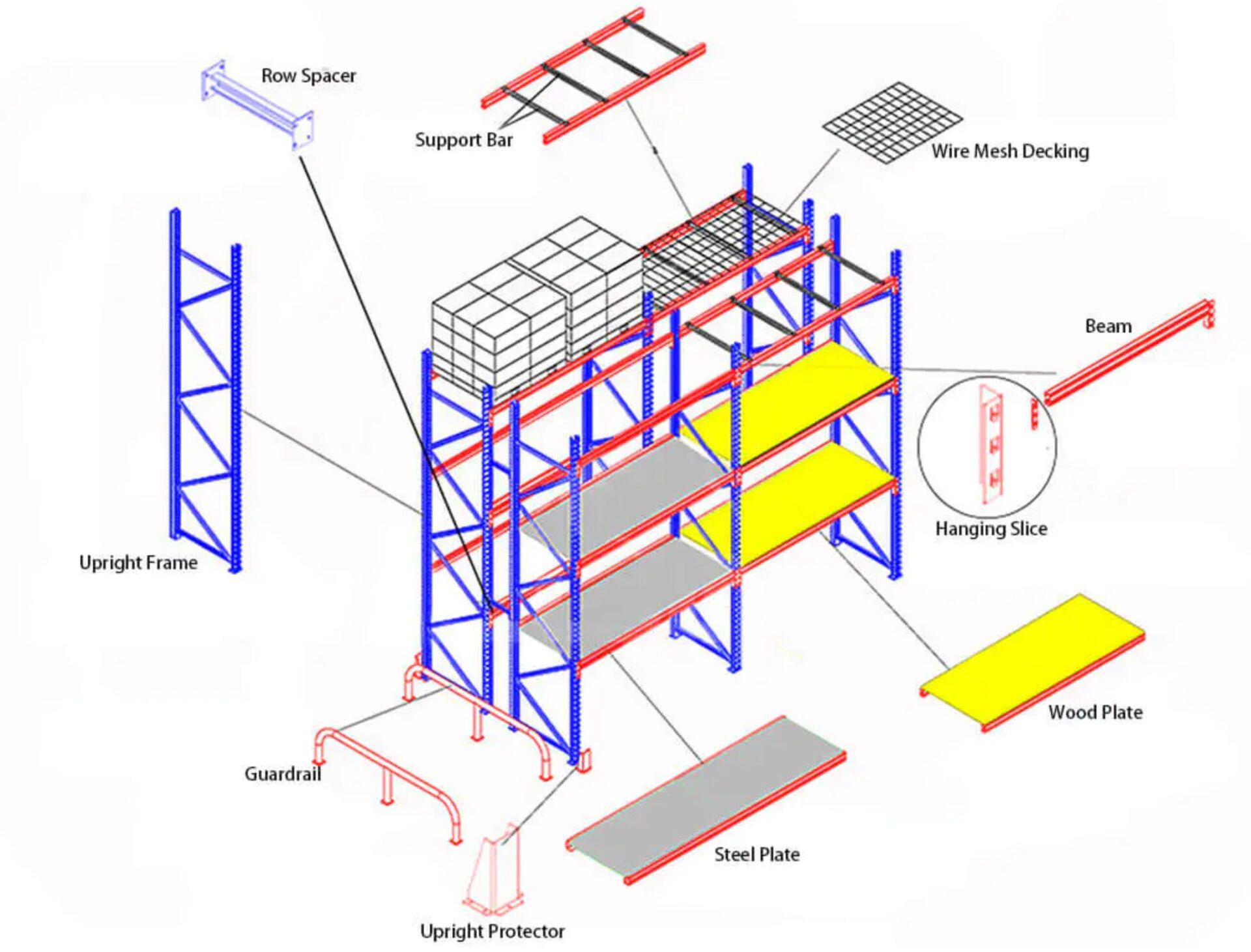
Discover why warehouse racking accessories are essential for optimizing your storage space. Marc Men...

Explore how Microsoft tools like Business Central and Power Platform leverage interoperability and i...

Simon keeps it simple: understand the bots, protect your e-commerce operations. Bots are transformin...
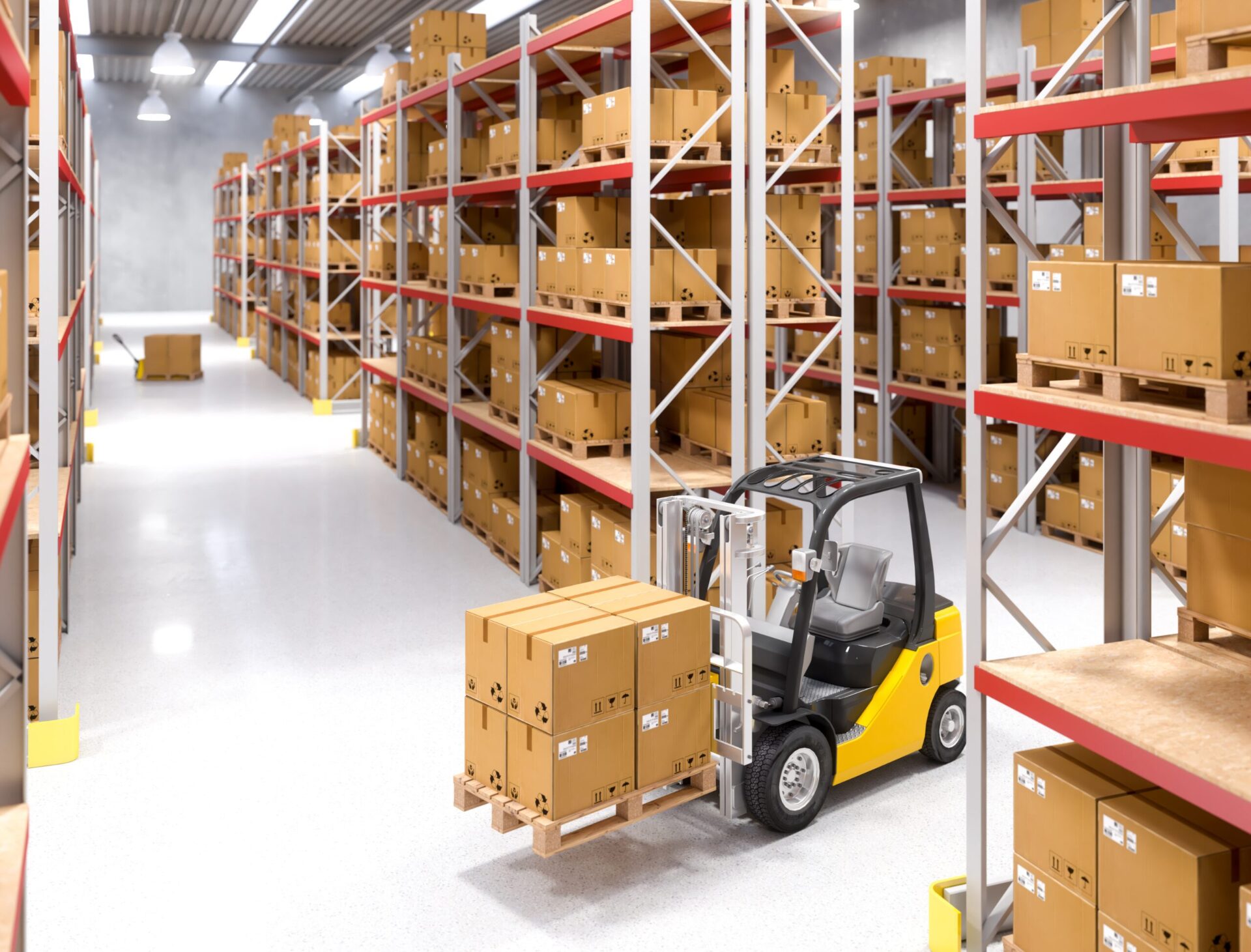
This guide dives into the pallet racking uprights and how to best design them to fit your operation'...

Optimize your supply chain with expert KPI guidance from LIDD and Stephan Lauzon. Our data-driven ap...

Explore how Microsoft tools like Business Central and Power Platform leverage interoperability and i...

Explore the 50/50 50/50 Rule for distribution network optimization. Gain insights into balancing tra...
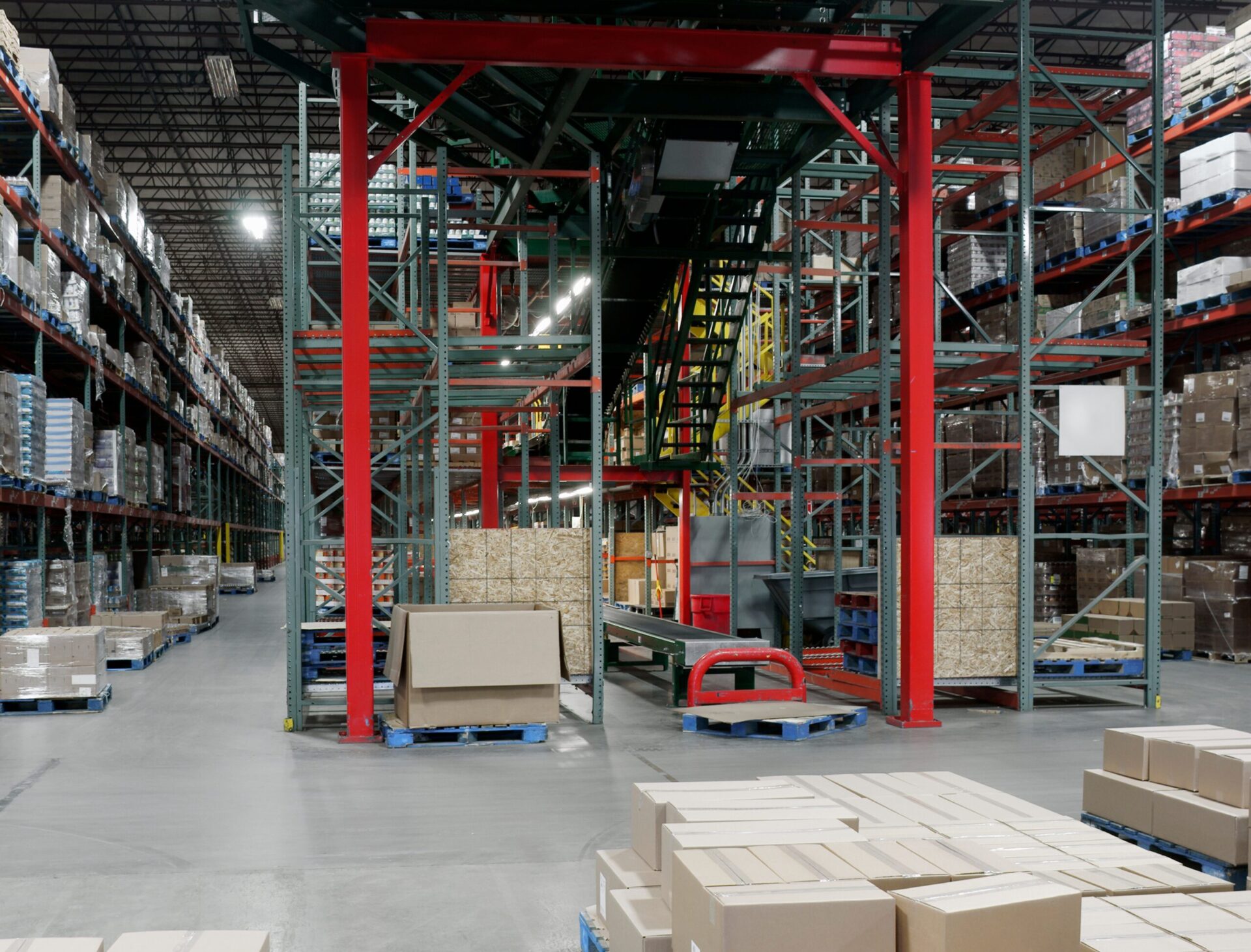
In the world of distribution center design, a one-size-fits-all approach doesn't work. Veteran exper...

This guide dives into the types of warehouse docks, how they cater to specific needs, and why select...

Discover how implementing supply chain optimization software requires a delicate balance between ada...

Supply chain automation is a game-changer for businesses, but to make it work, you need to focus on...

Dive into the role of service levels within distribution network strategy with Jennifer Hall. Discov...
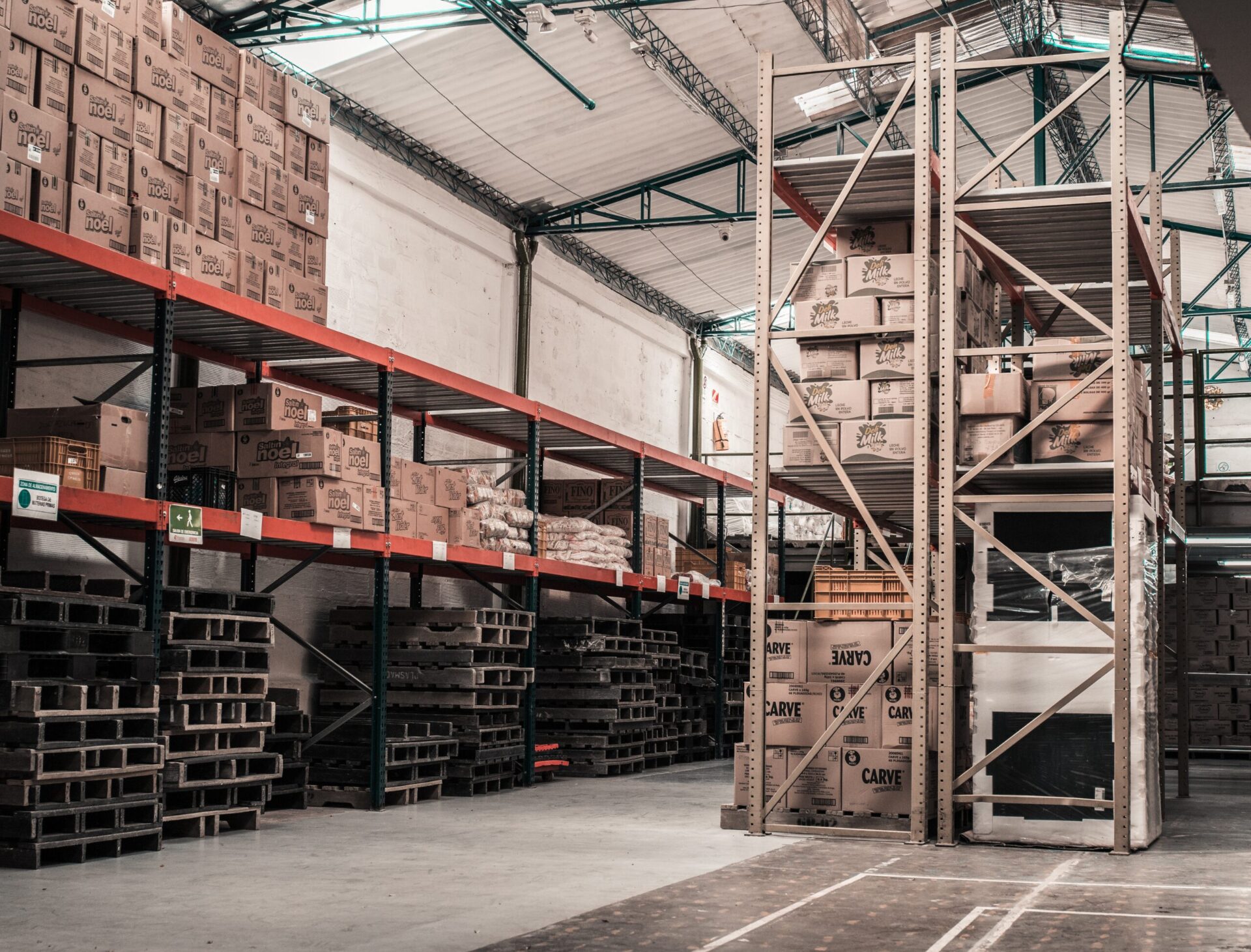
Discover how to effectively manage inventory in a larger warehouse by adopting precise inventory pra...

earn about the importance of a strong supply chain consulting network to reduce costs, minimize risk...

Dive into the world of Warehouse Management Systems (WMS) to uncover what they are, how they work, w...

Discover how Digital Transformation Roadmaps can help you maximize the value of supply chain technol...
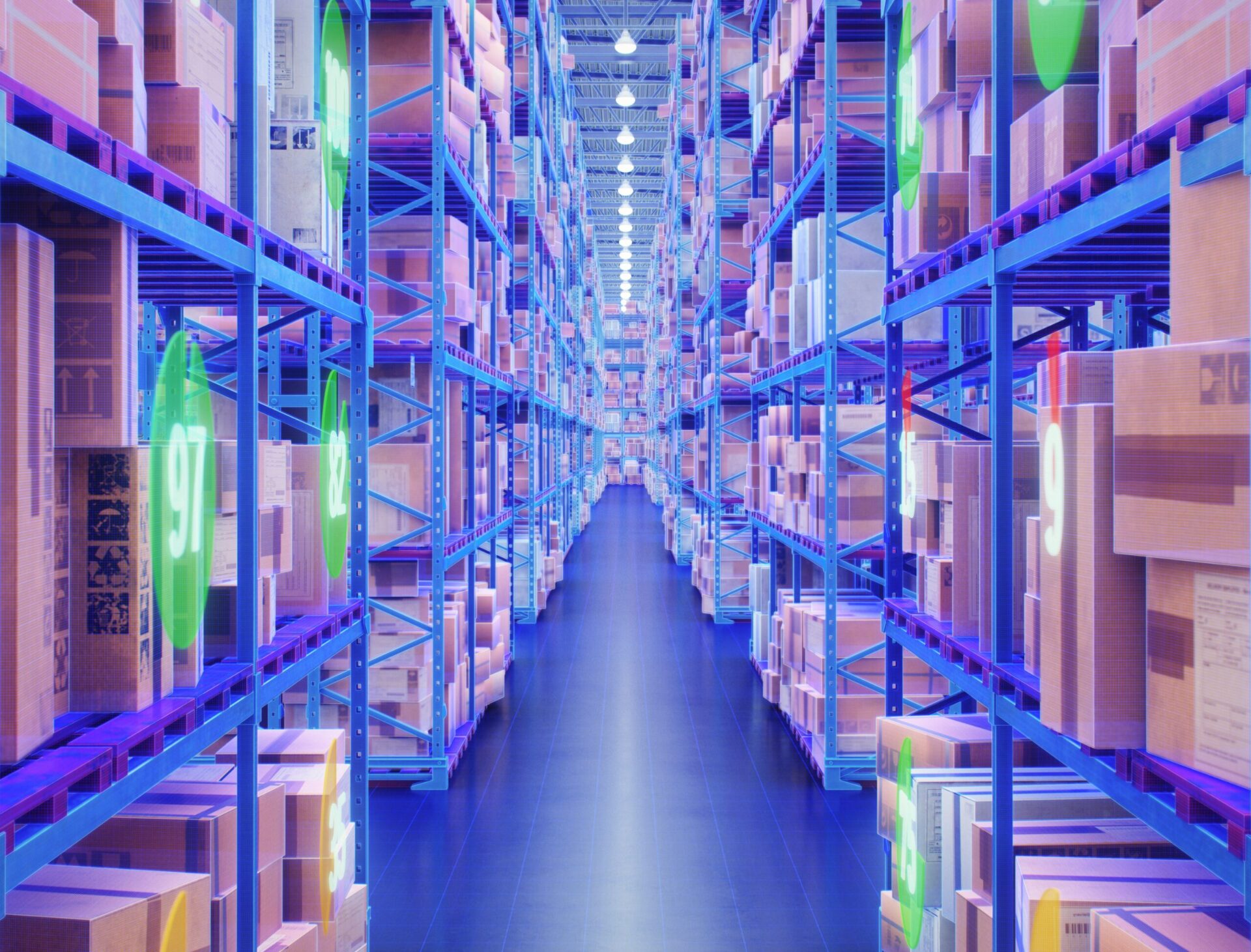
Jennifer Hall shares insights into the transformative effects of AI on warehouse efficiency and supp...

This guide dives into the types of warehouse docks, how they cater to specific needs, and why select...

Good consultants understand that decisions are rarely black and white, rather, they exist in shades...
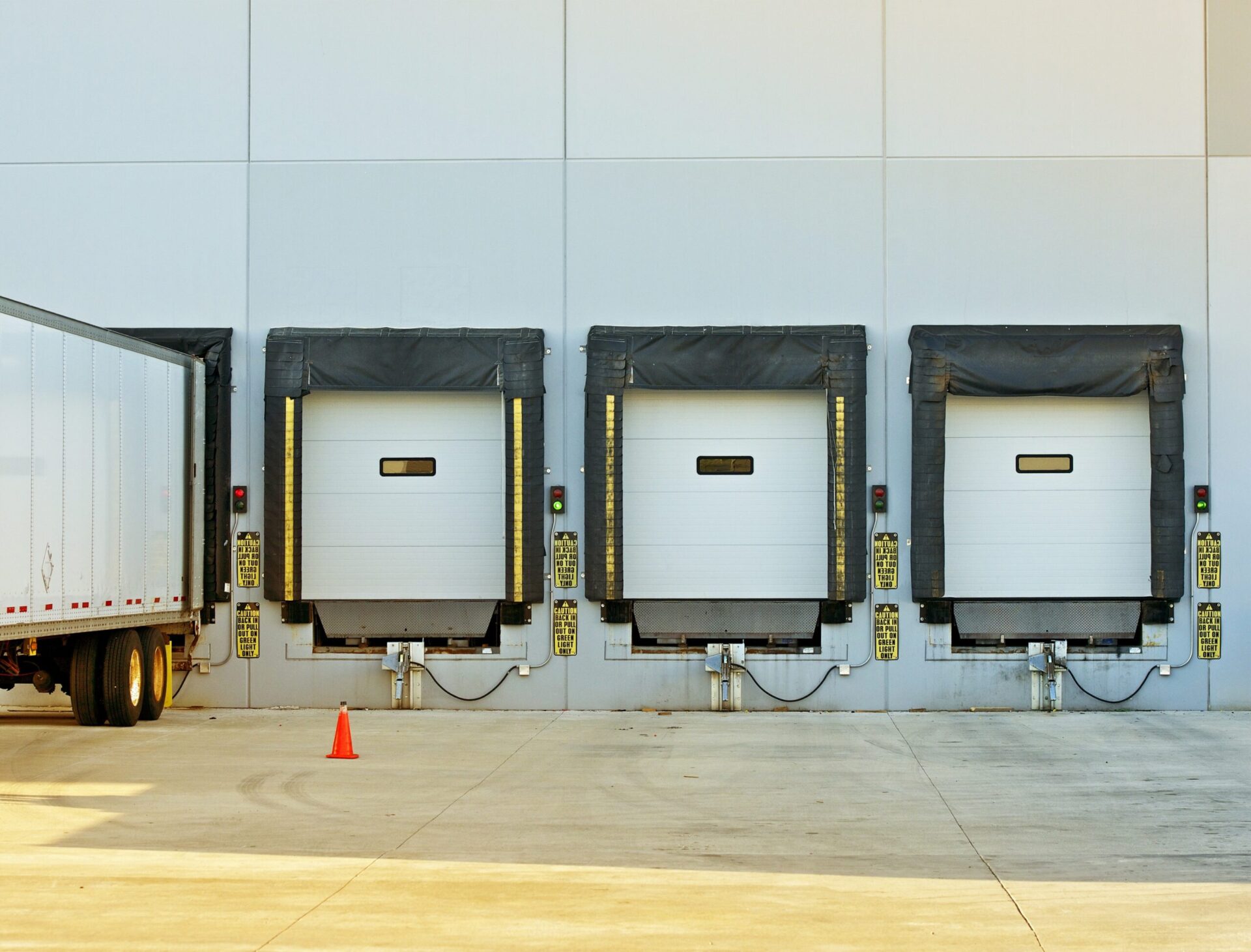
This guide dives into the types of warehouse docks, how they cater to specific needs, and why select...

To thrive in today's competitive business landscape, successful companies have recognized the import...

Discover how Digital Transformation Roadmaps can help you maximize the value of supply chain technol...

In a typical warehouse, picking represents roughly 50% of all labor, with half of that time spent tr...

Designed to empower organizations with powerful tools for business intelligence, app development, an...

LIDD recent published an article with IOS office in Mexico on "Navigating E-Commerce Landscape". Dis...

Supply chain automation is a game-changer for businesses, but to make it work, you need to focus on...

Discover how to strategically navigate the evolving automation landscape post-MODEX 2024. Gain valua...
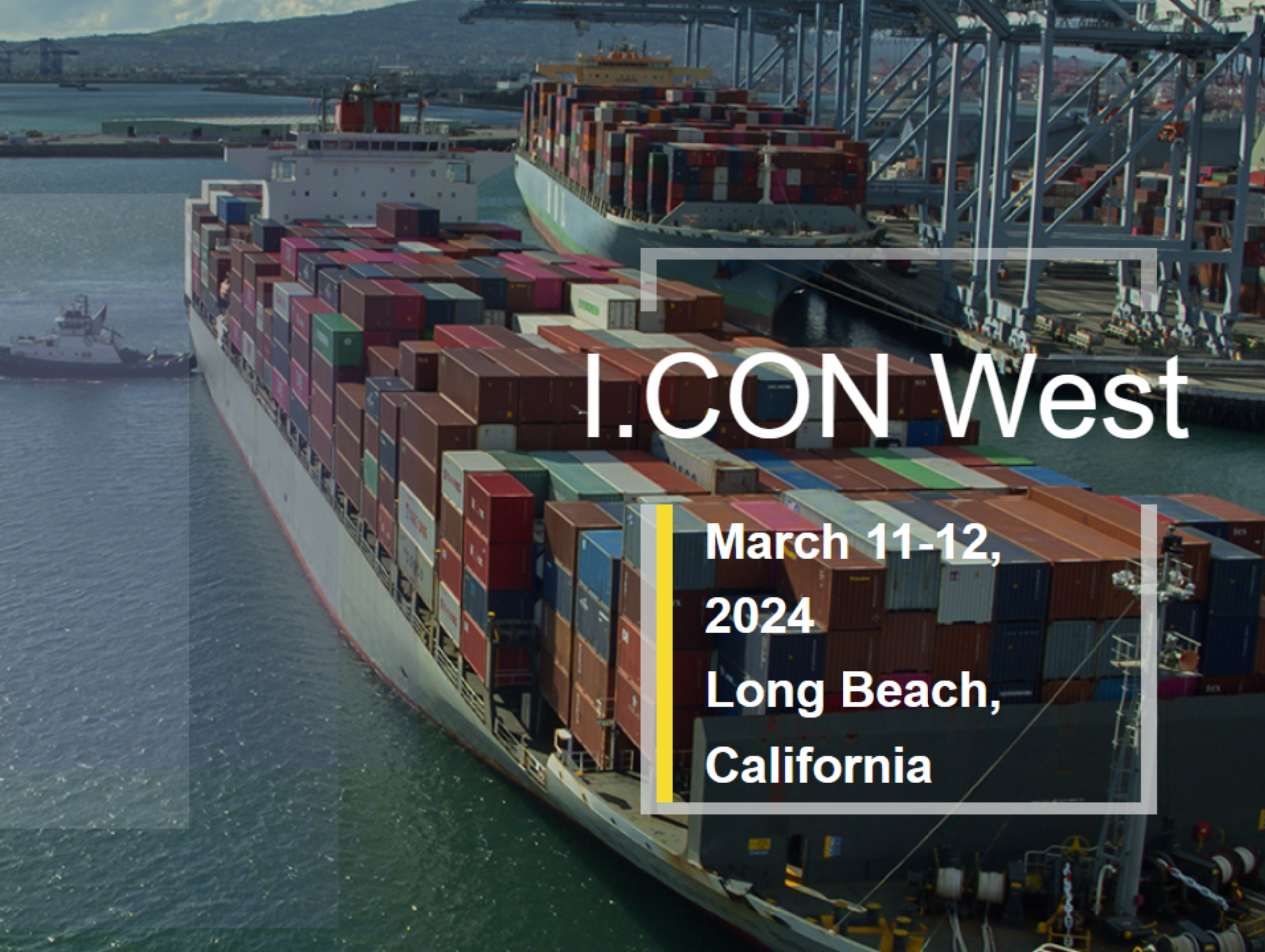
Jennifer Hall took part in a panel at the NAIOP #ICONWest event in Long Beach to talk about all thin...
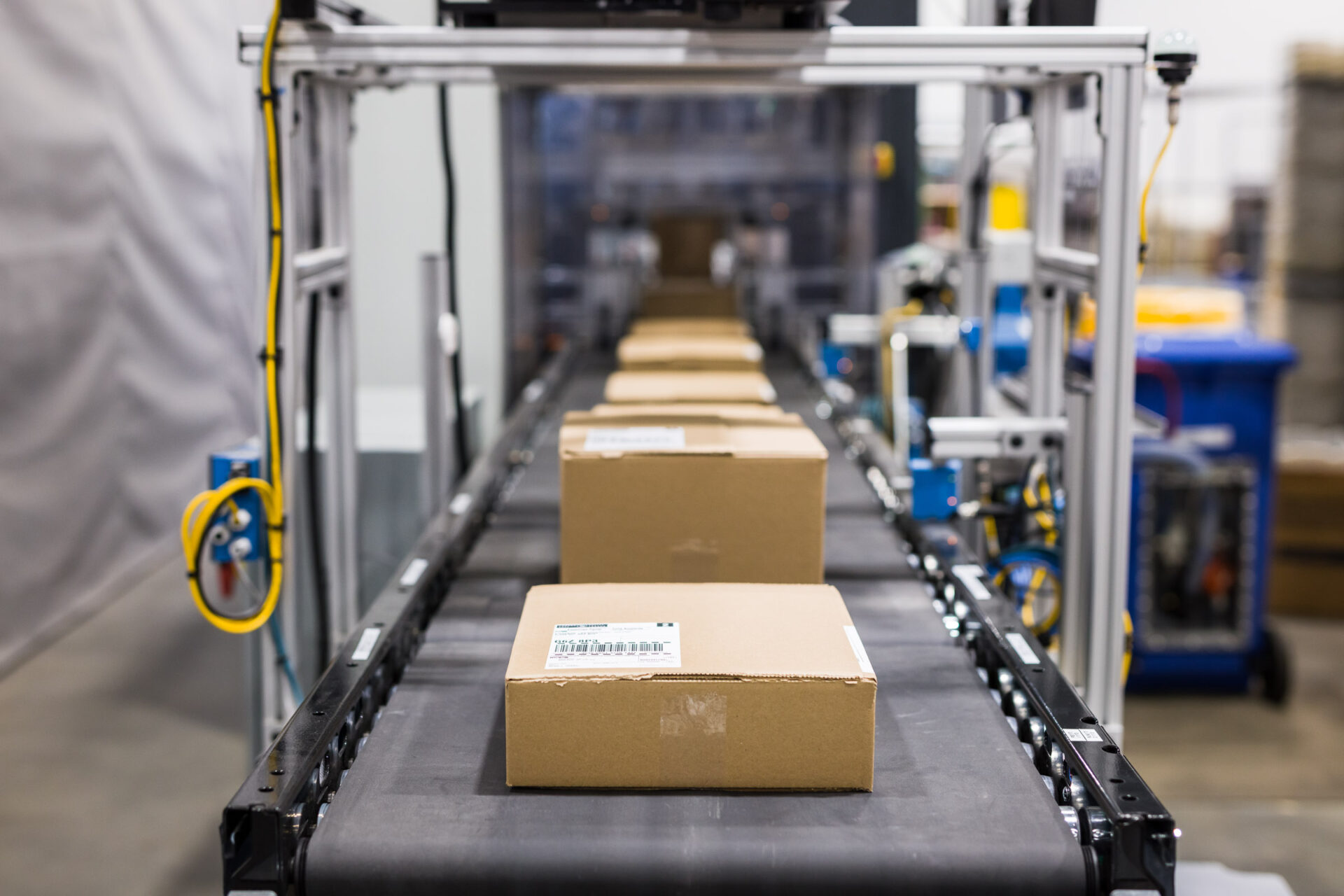
Automated packaging solutions are more complex than they may first appear. Learn how to streamline o...

Vivi Tran-Lynch March 12th| 2 min read When to Level Up Your Warehouse Management System (WMS): 3 Ke...

Take a page out of Marc's playbook as he shares his practical approach to evaluating where and when...
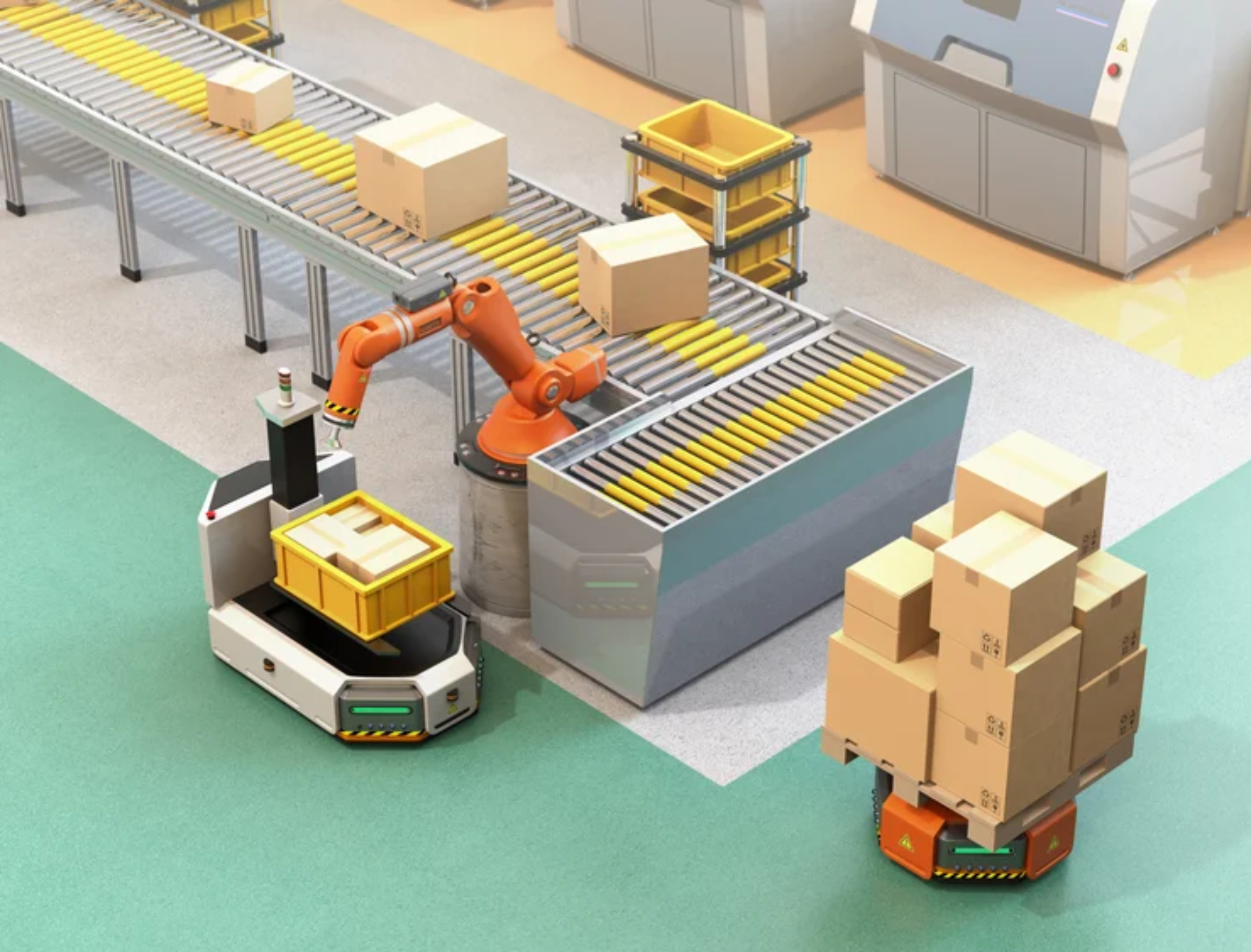
AMRs have emerged as a rapidly growing solution for the automation of logistics processes. In this b...

From the initial interaction to the long-term partnership, every step plays a crucial role in buildi...

Simon keeps it simple and calls out whether voice picking is worth the investment in warehouse techn...
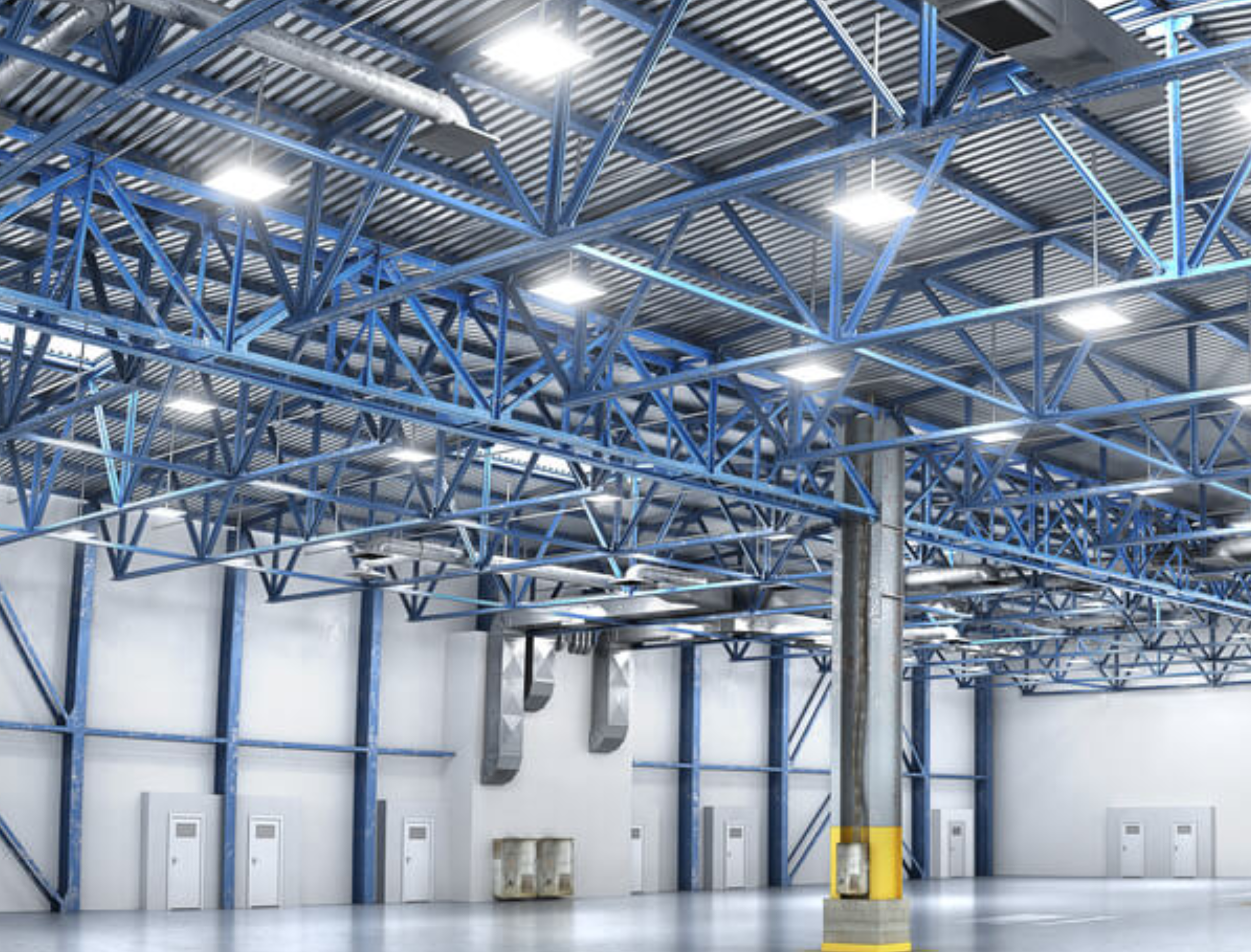
Research indicates that proper illumination significantly influences warehouse operations. Explore v...

Mining operations are capital intensive, leaving little margin for error. Learn how critical spares...
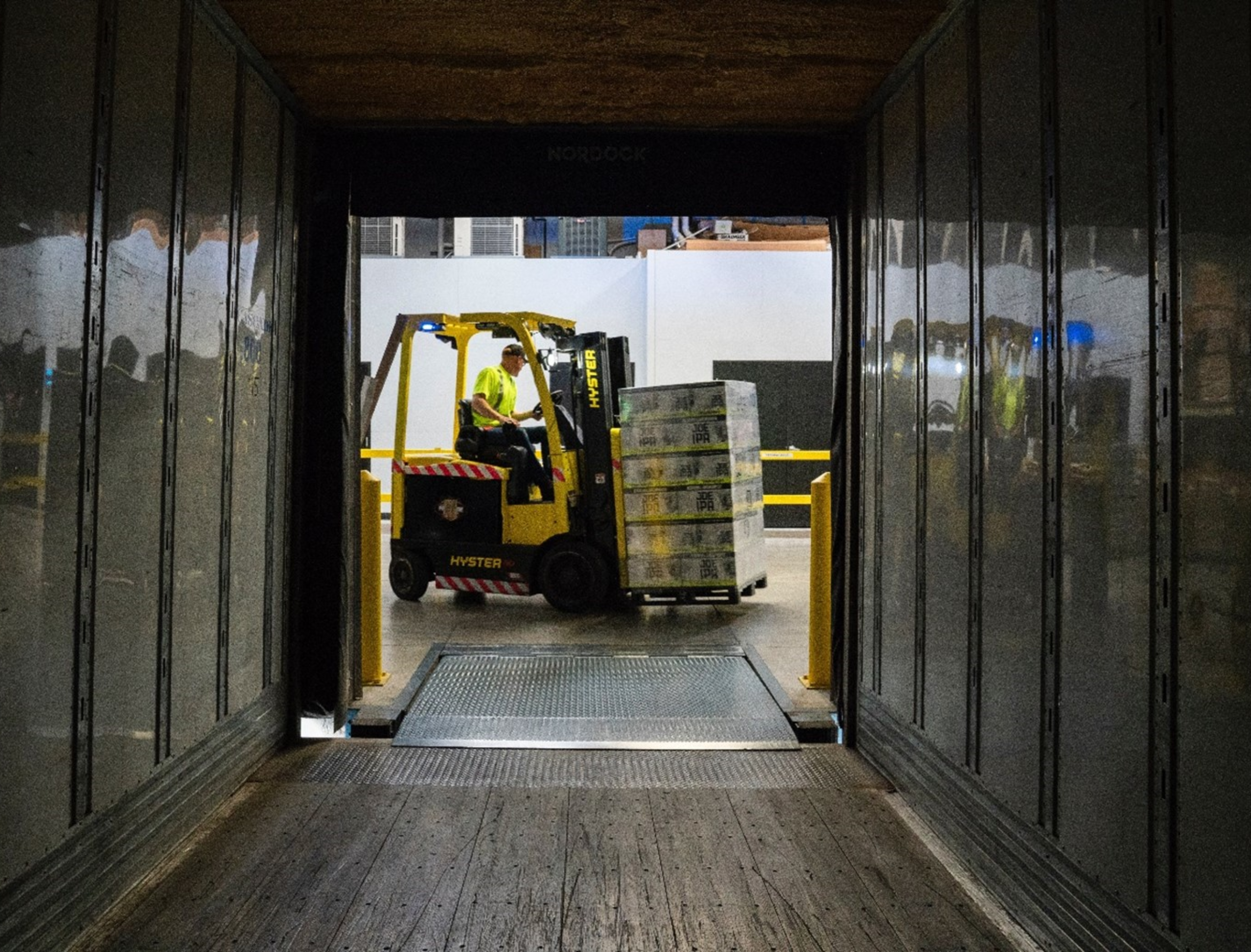
Celebrate National Puzzle Day on January 29th with a quick quiz all about logistics.
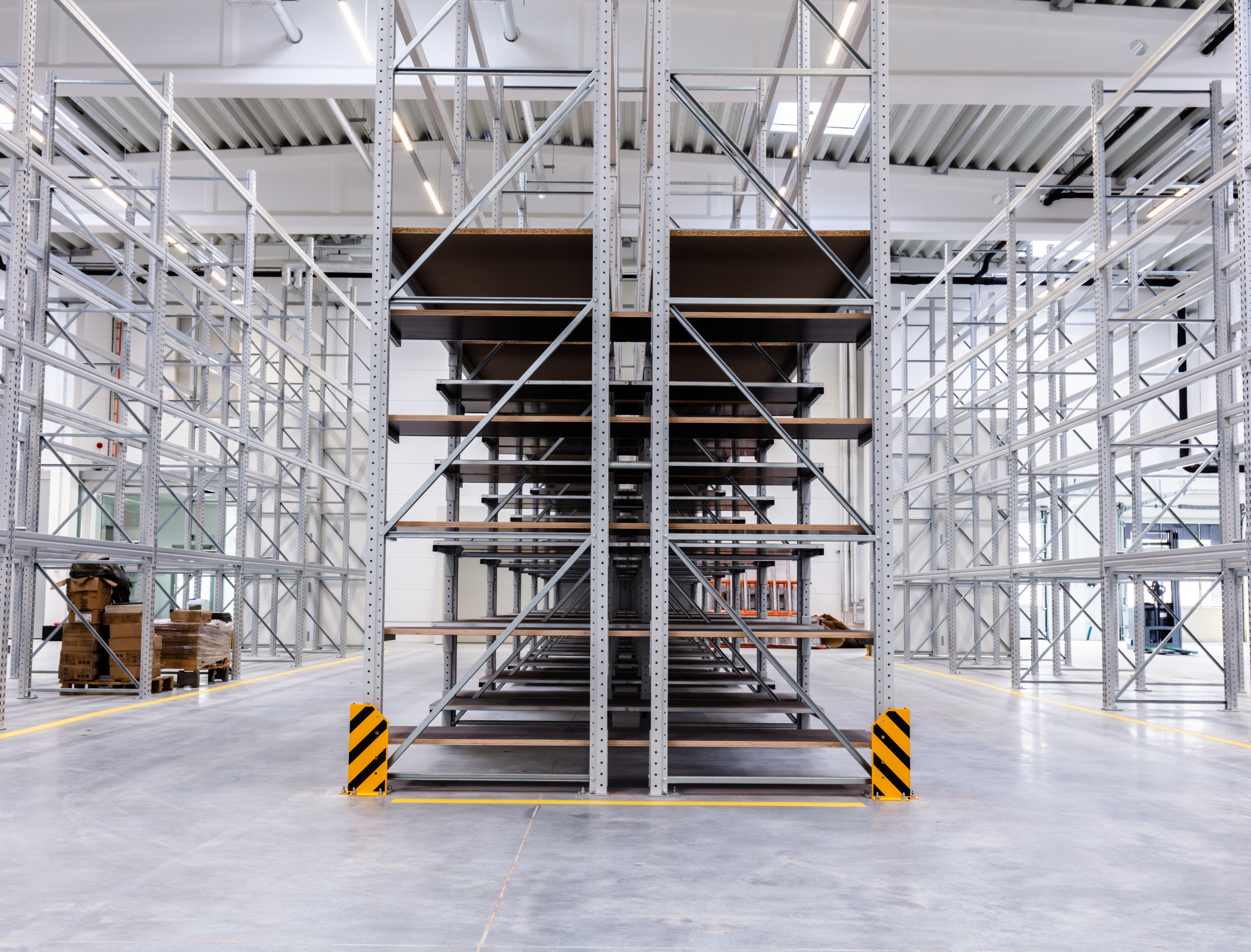
Discover the advantages of mobile racking systems in maximizing warehouse efficiency. Learn how they...

Chris Hagle explores how heat maps provide valuable insights into inventory visibility, optimal layo...
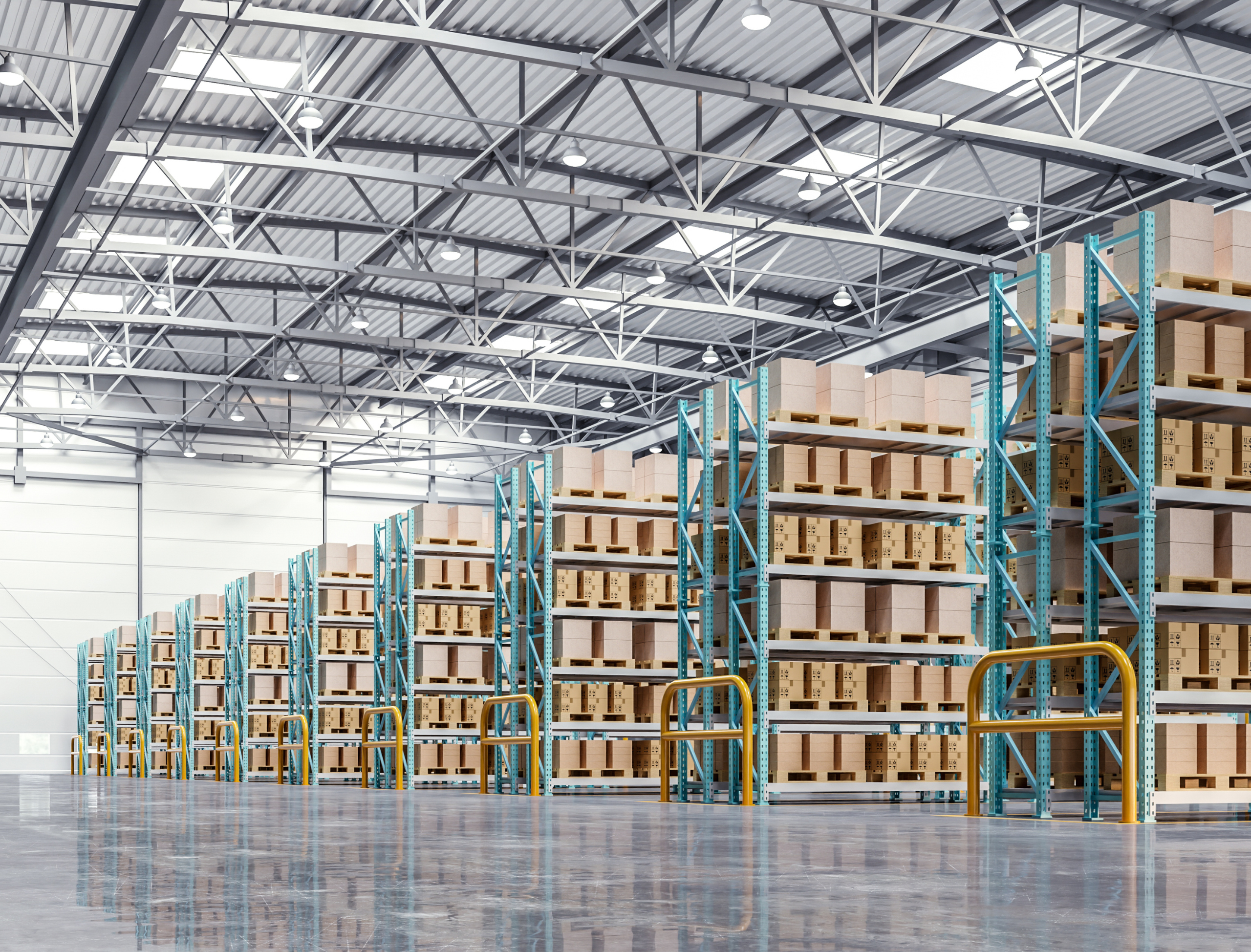
Can a supply chain be efficient & responsive? The answer to this is yes. Discover how LIDD designed...
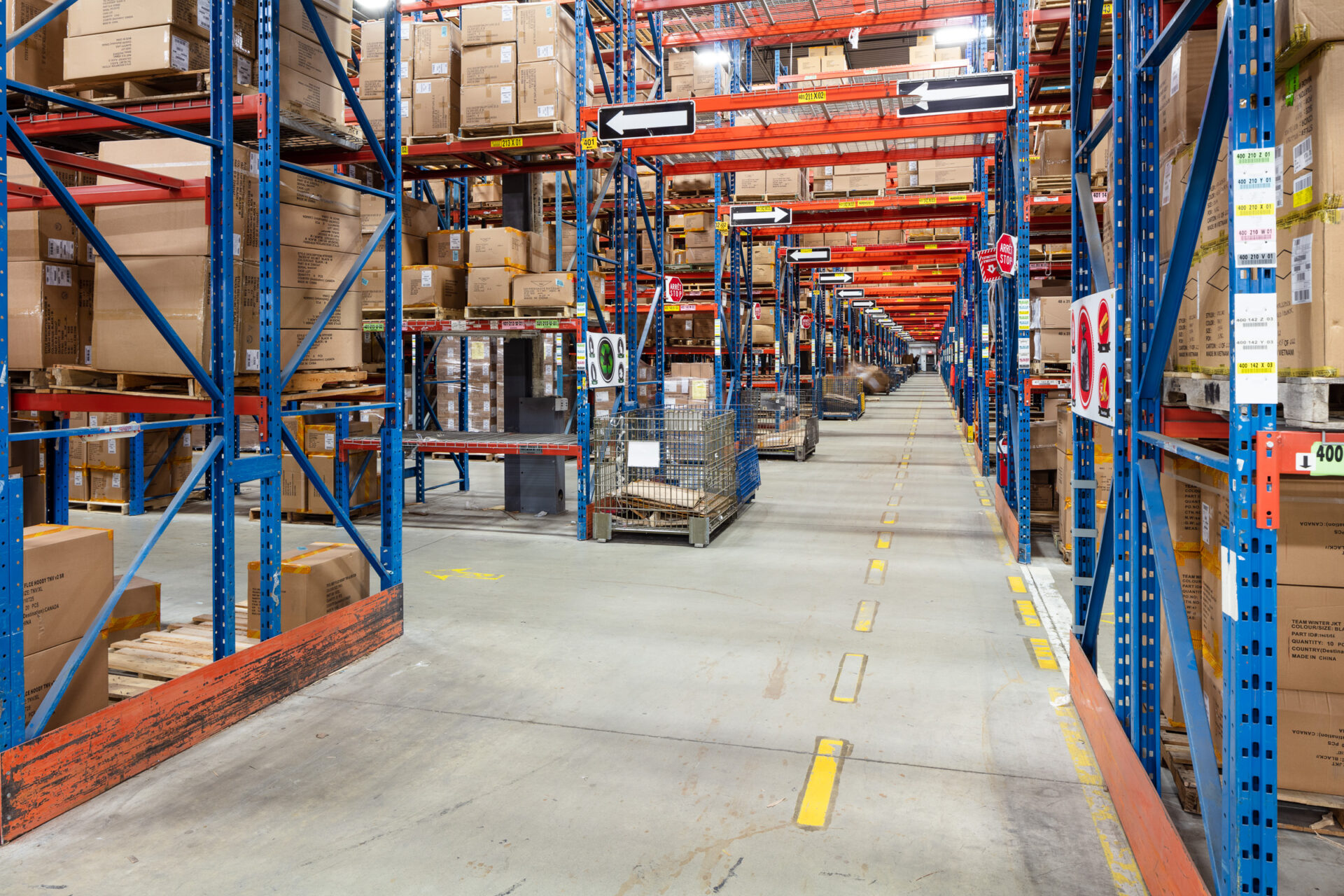
Join Marc for detailed explanation of warehouse aisles and how they can be leveraged to optimize you...

Forklifts pose inherent risks such as collisions, tip-overs, and limited visibility. Discover practi...
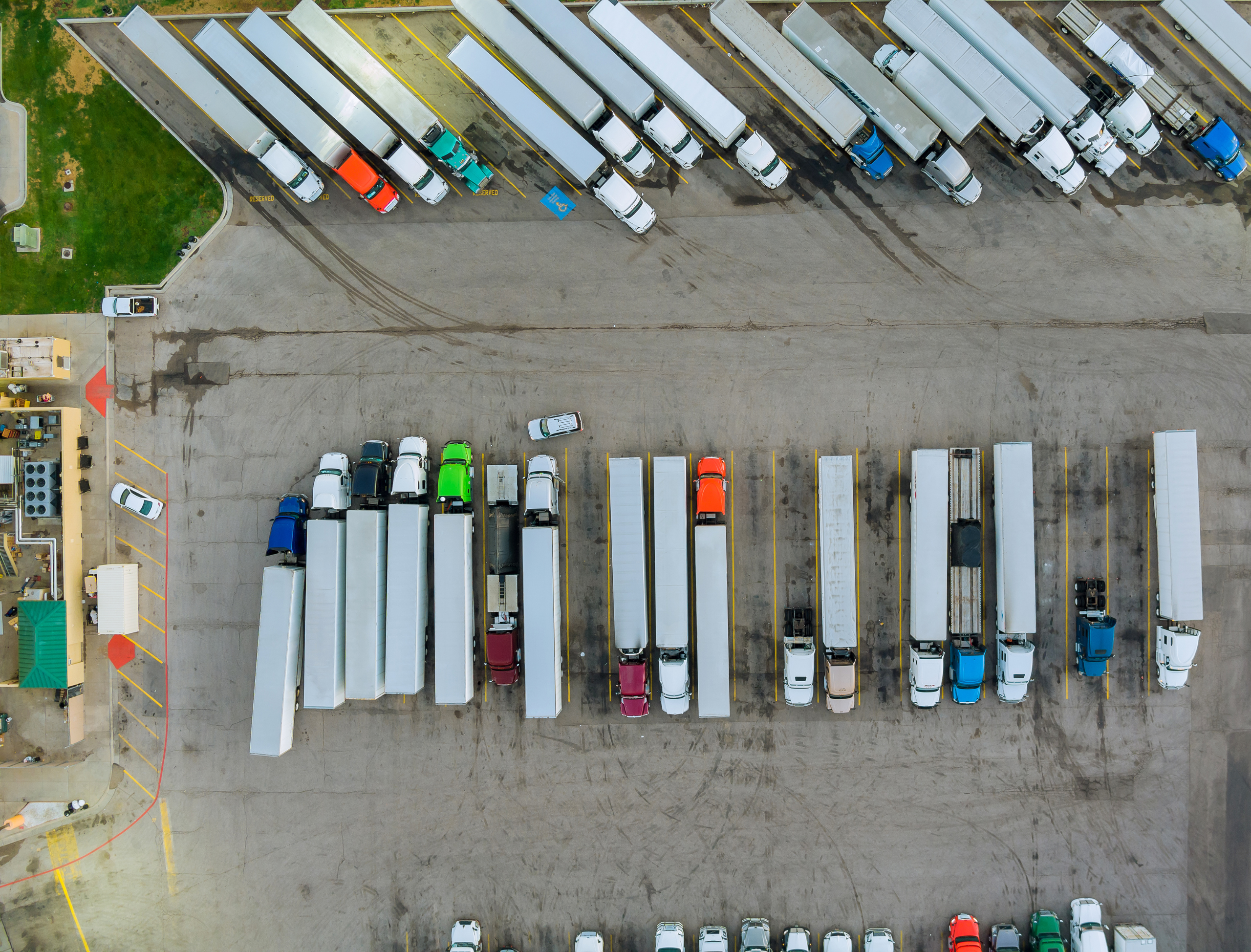
Can a supply chain be efficient & responsive? The answer to this is yes. Discover how LIDD designed...

Explore how Microsoft Fabric and Power Platform can revolutionize supply chain management with AI mo...

In this blog post, Mathieu Galipeau discusses the power of API integration for seamless data exchang...

Simon keeps it simple and breaks down the pros and cons of gamification in your warehouse. Discover...

Chris Hagle shares how the "5S Methodology" can help supply chain leaders create a framework to prio...

Chris Hagle shares insights on why it's essential to measure the performance of labor in your supply...
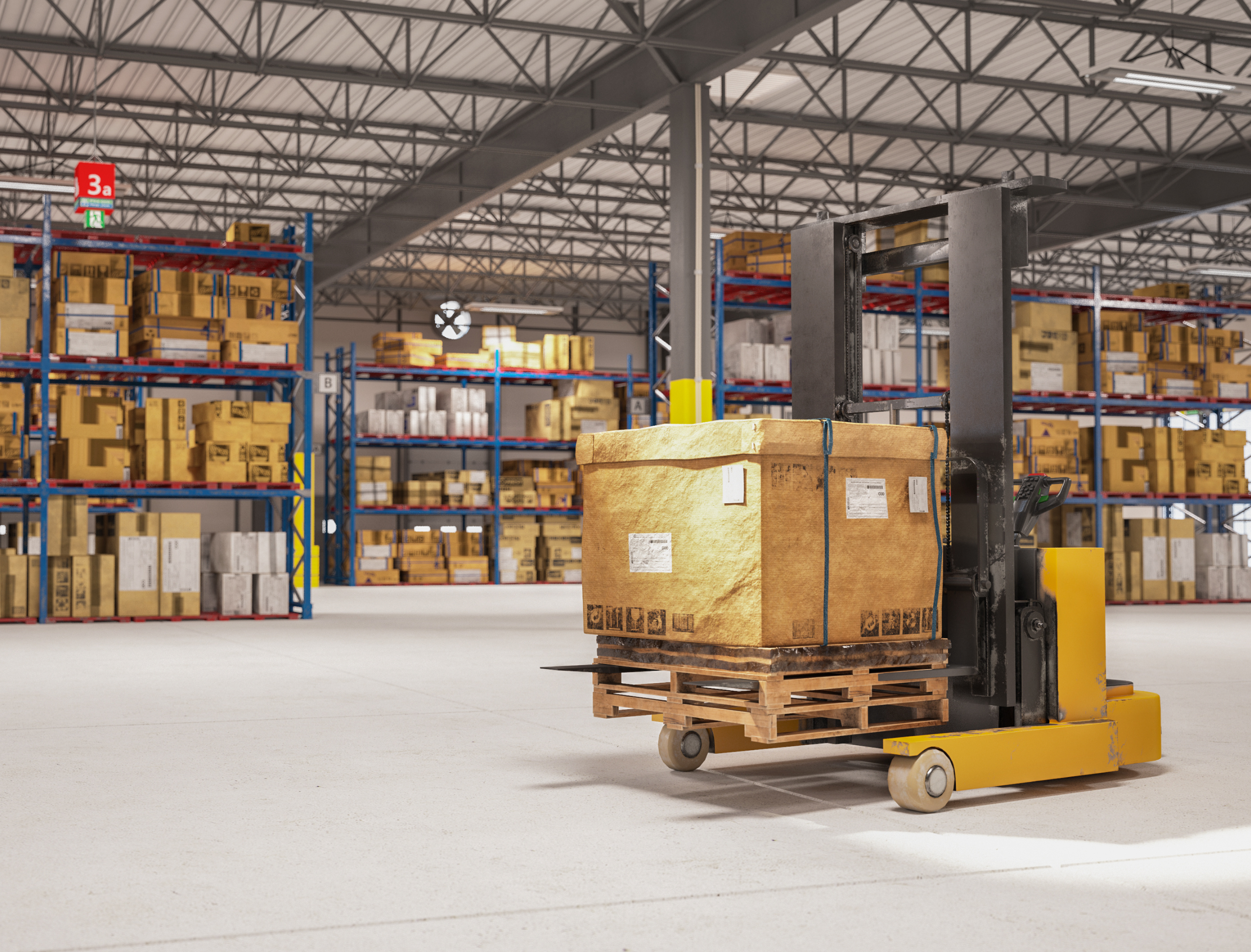
Material handling plays a vital role in the success of any supply chain management strategy. From th...
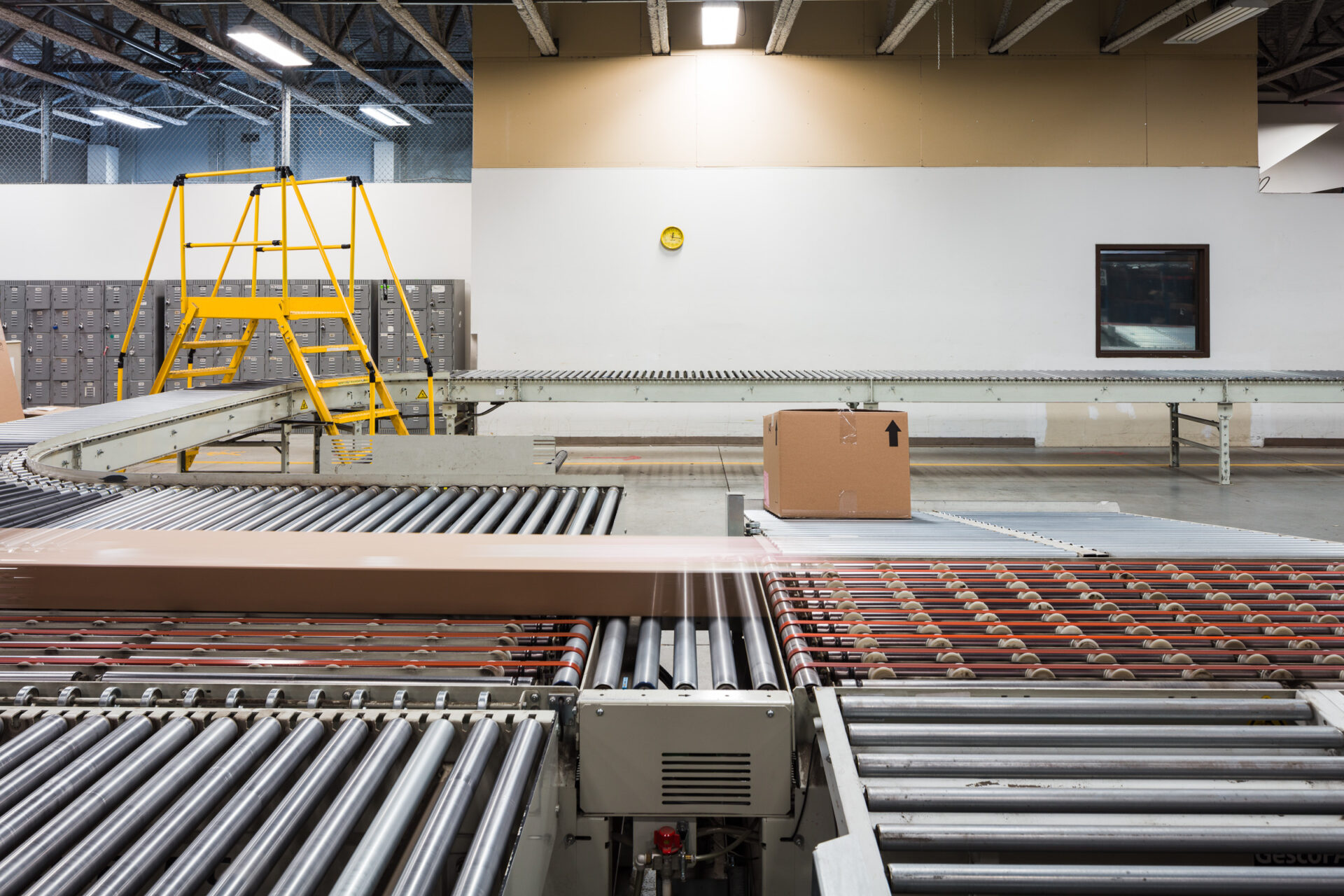
Delve into the obstacles hindering the widespread adoption of automation in warehouses, including ch...

Despite their seemingly insignificant nature, stretch wrappers play a pivotal role in optimizing war...
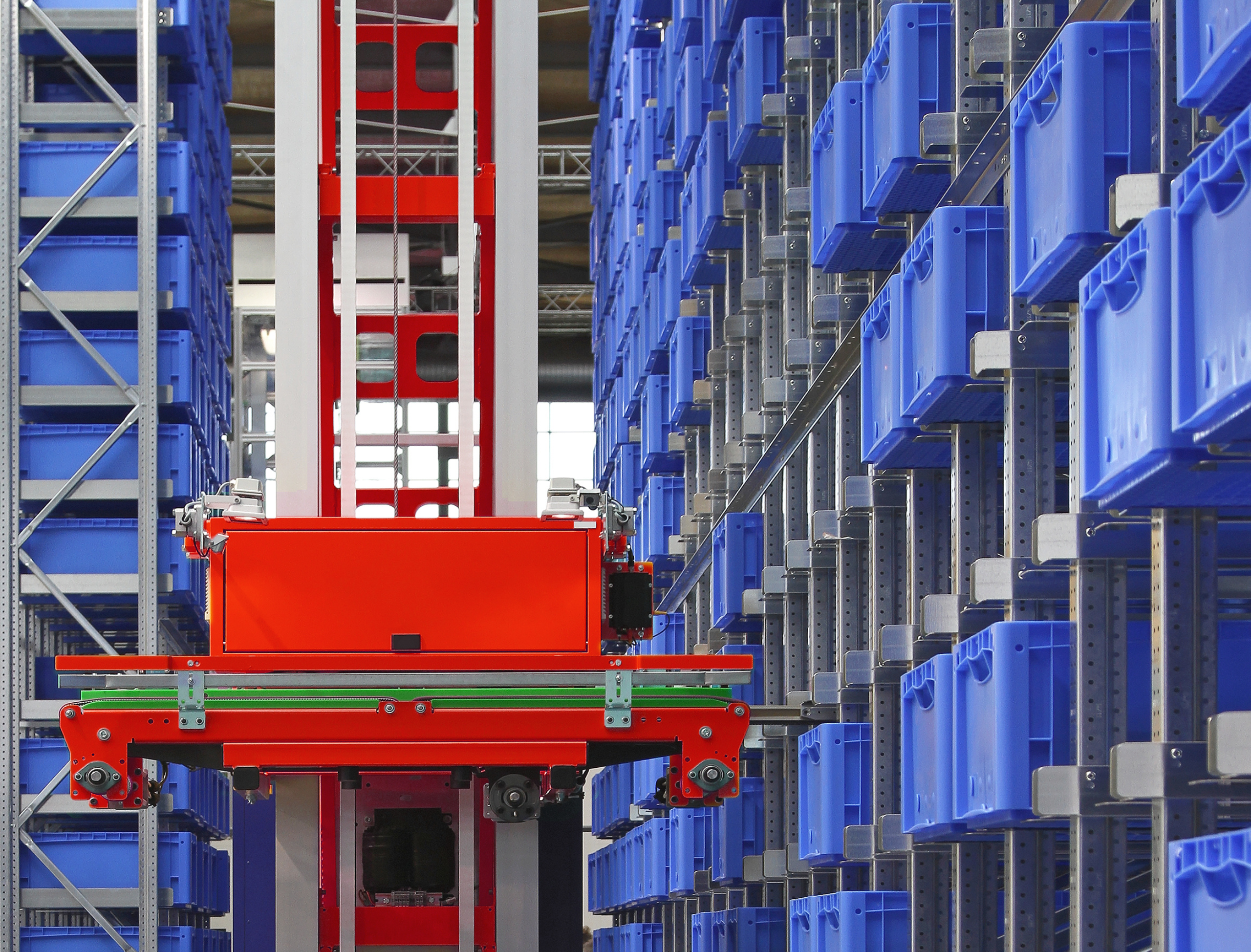
As the business landscape continues to evolve, many companies find themselves at a crossroads, consi...
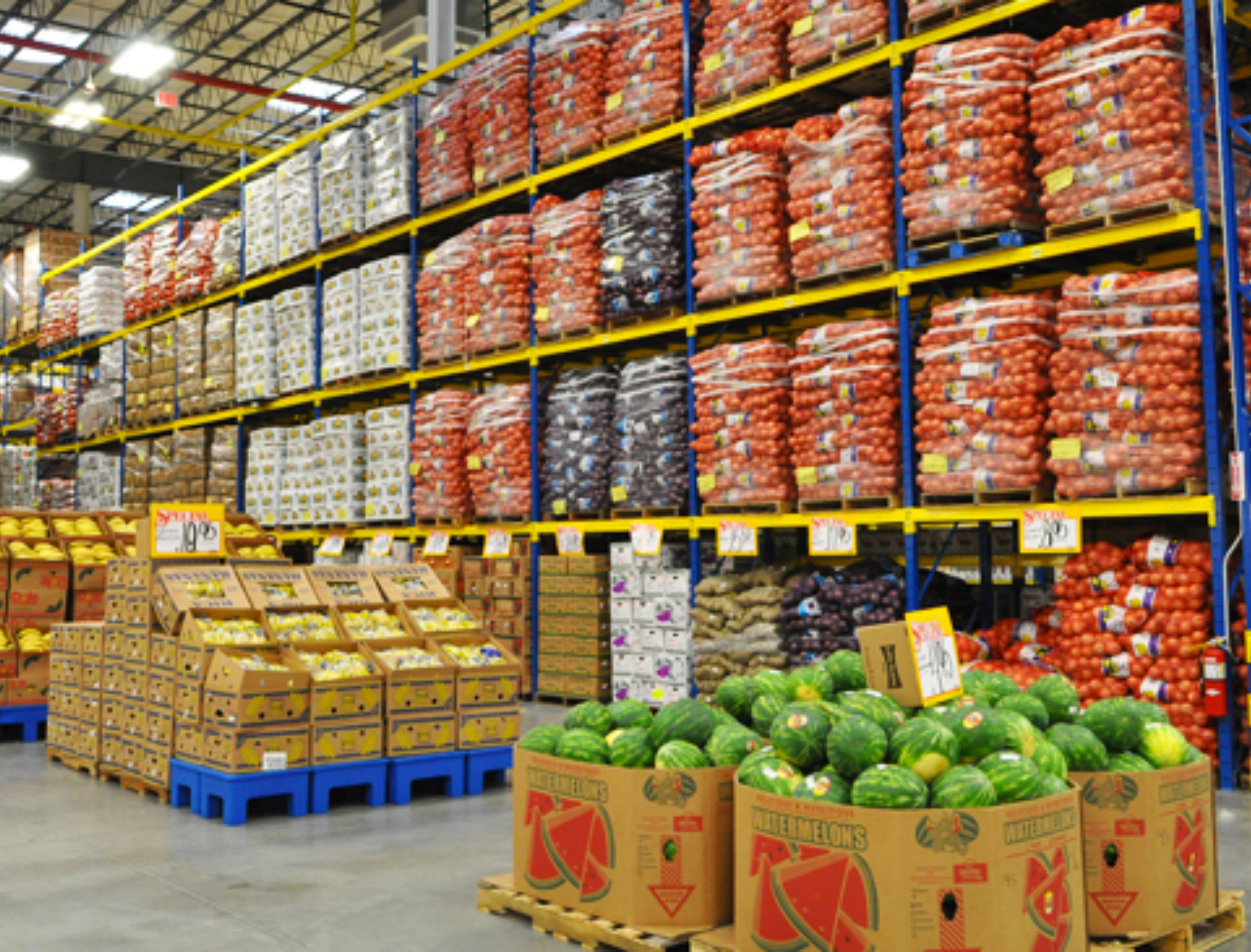
Jeff Hamilton shares his valuable insights from working on-site with a California-based food distrib...
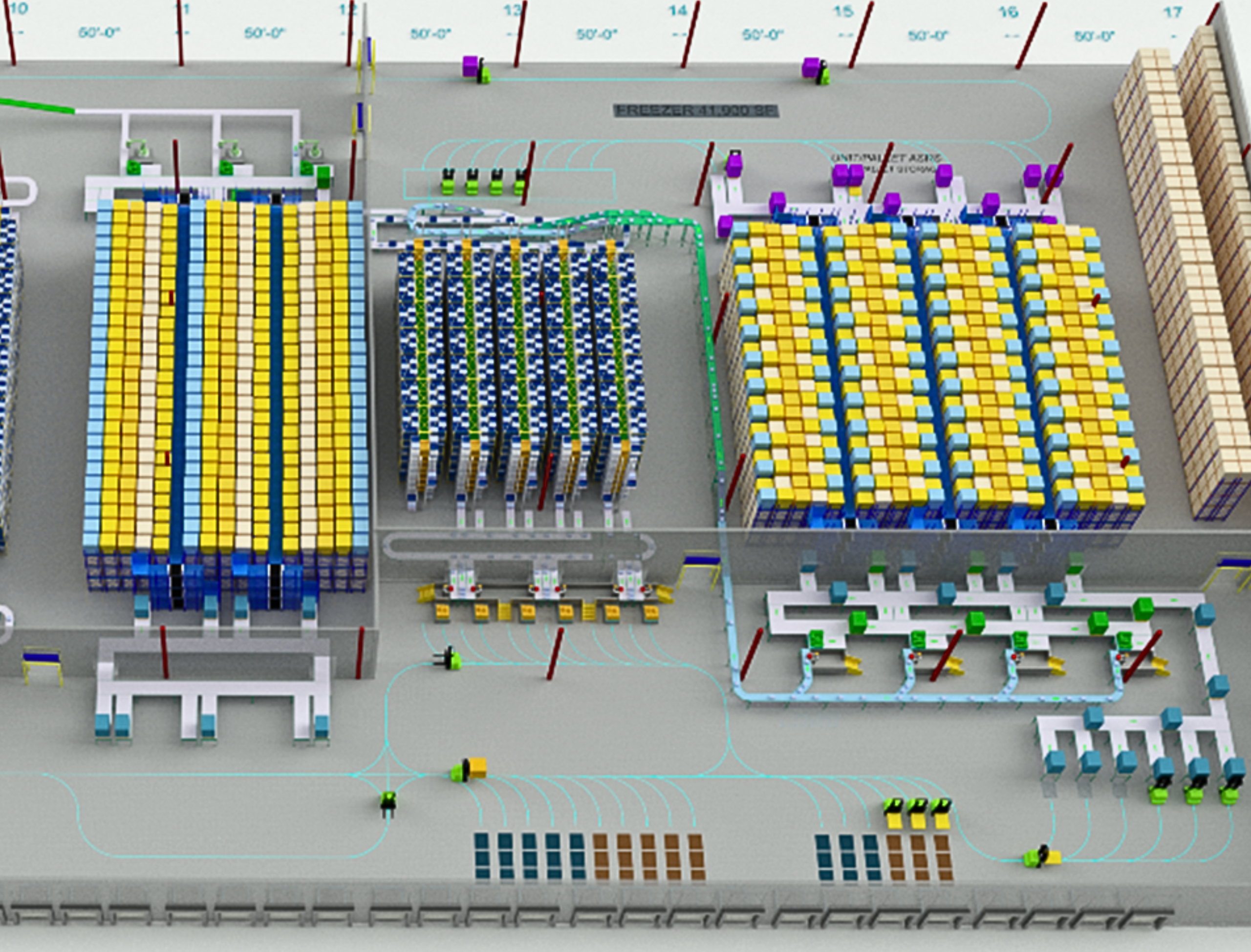
In this blog post, Mathieu Galipeau shares insights into the latest advancements in AI integration f...

In this blog post, Mathieu Galipeau shares insights into the latest advancements in AI integration f...

Industry expert Marc Menard shares powerful strategies to unlock warehouse efficiency by minimizing...
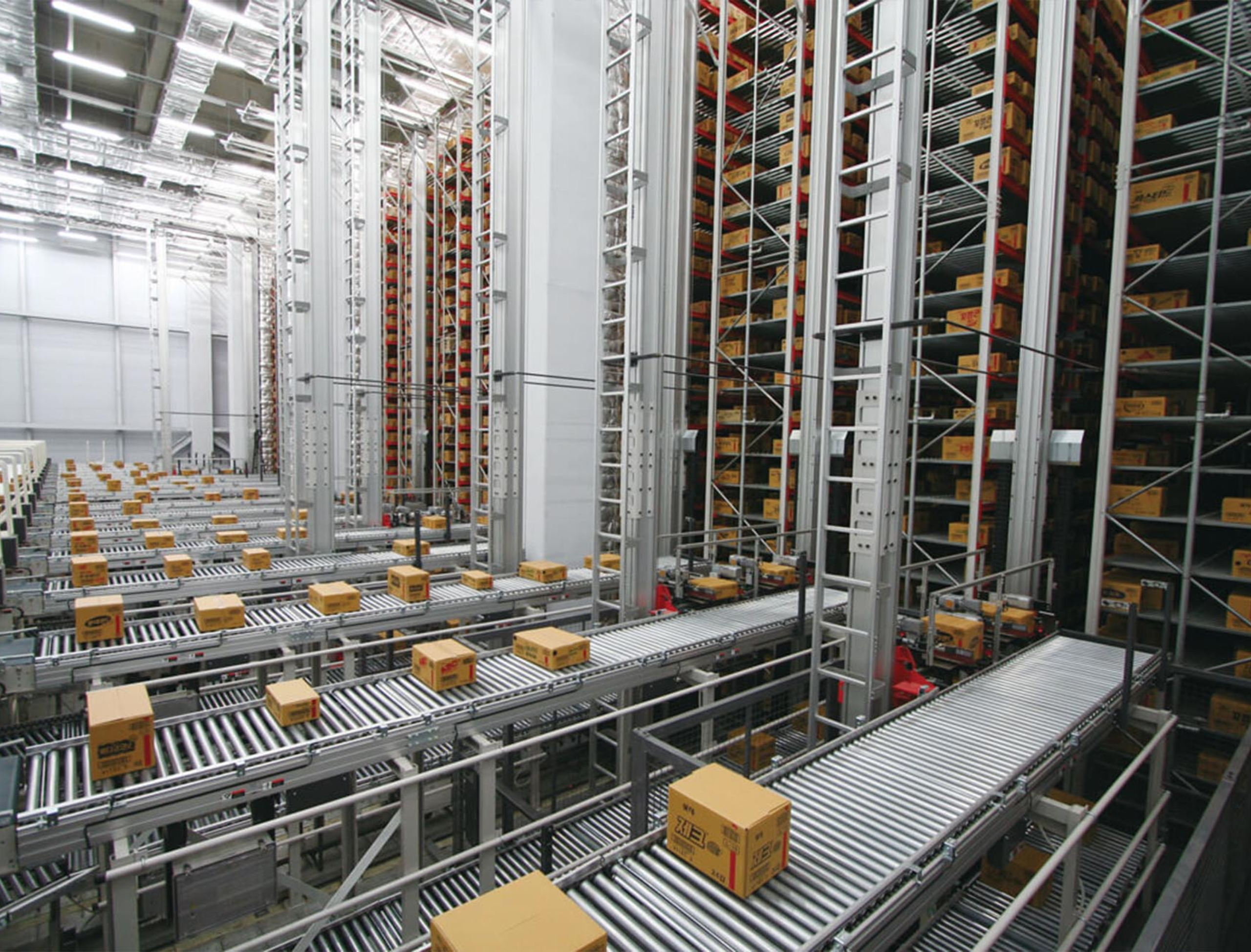
Explore how automation can revolutionize your supply chain, making operations more efficient, accura...

In today's market, supply chain disruptions can significantly impact order fulfillment. But with Sal...

In this blog post, Mathieu Galipeau discusses the power of API integration for seamless data exchang...

Learn how Salesforce goes beyond sales and service support to transform your foodservice distributio...

Learn why finding the right implementation partner is crucial to ERP success. Gain insights from ind...

In this blog post, Chris Hagle shares the steps for success as we approach retail peak season. From...

In this blog post, Chris Hagle shares his expertise and explores operational alignment by examining...

In the realm of distribution center design, there is a pivotal element so important, that it holds t...

Learn how effective inventory control can optimize operations, reduce interest payments, and streaml...

In this blog post, Chris Hagle shares his expertise and explores operational alignment by examining...

In this blog post, Vivi Tran Lynch shares her expertise, exploring the key lessons we can learn from...

Designed to empower organizations with powerful tools for business intelligence, app development, an...

In this blog post, Chris Hagle shares his expertise and explores operational alignment by examining...

Executing a successful warehouse automation project requires careful planning, data-driven decision-...

Learn how historical logistics lessons apply to modern supply chain management. Discover the importa...

User-Acceptance Testing (UAT) is often seen as less important than system development during the imp...

Though it has existed for at least twenty years by now, e-commerce continues to force innovation in...
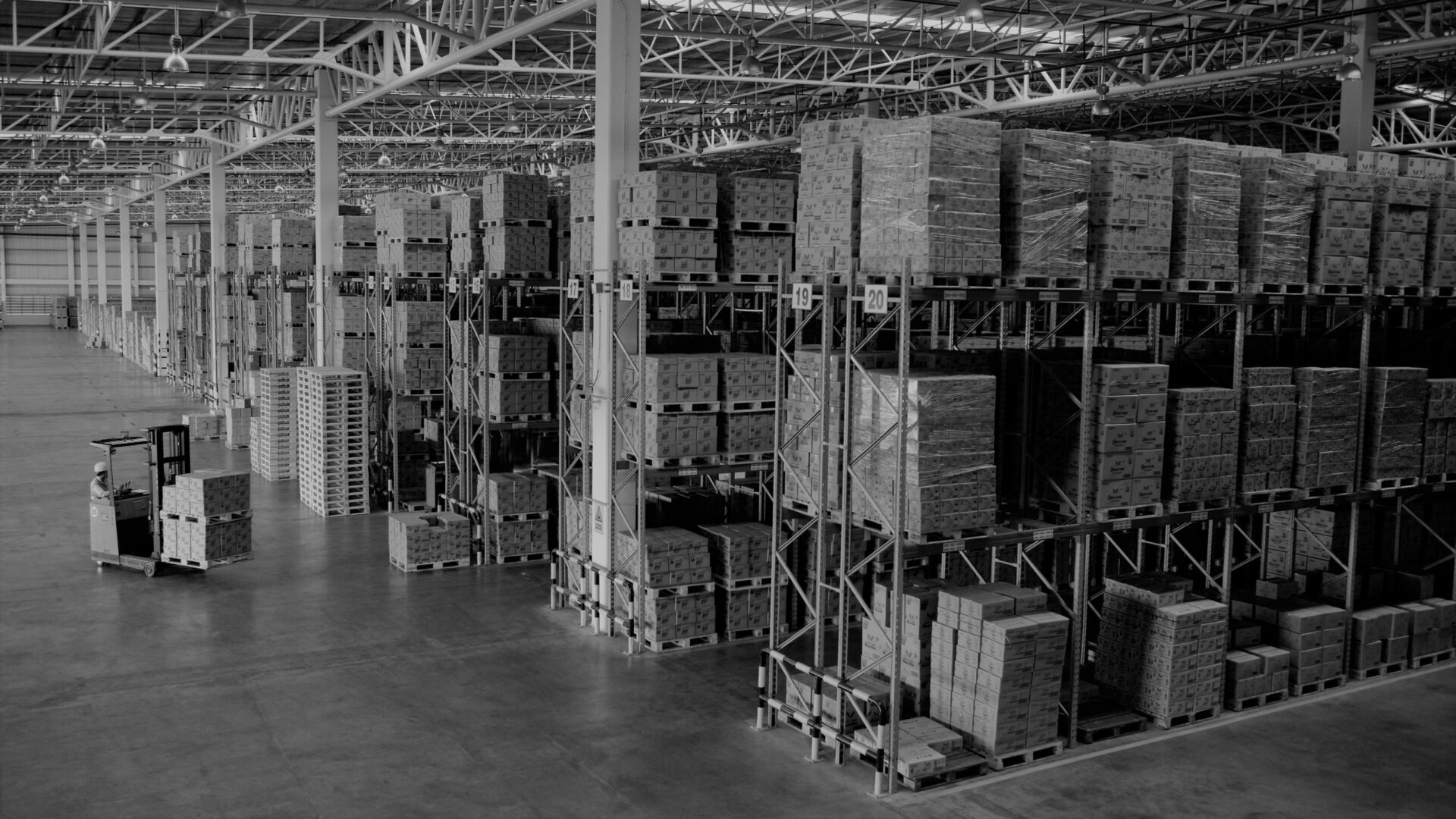
Capacity is one of the most fundamental concepts in a warehouse’s design. But what does capacity tru...

Outsourcing distribution and order fulfilment activities is a major decision. Third-party logistics...

By Marie Mathias June 26, 2020| 4 min read It can be difficult for smaller pick-and-pack operations...

Discover how Microsoft 365 Business Central can enhance efficiency for small distribution operations...
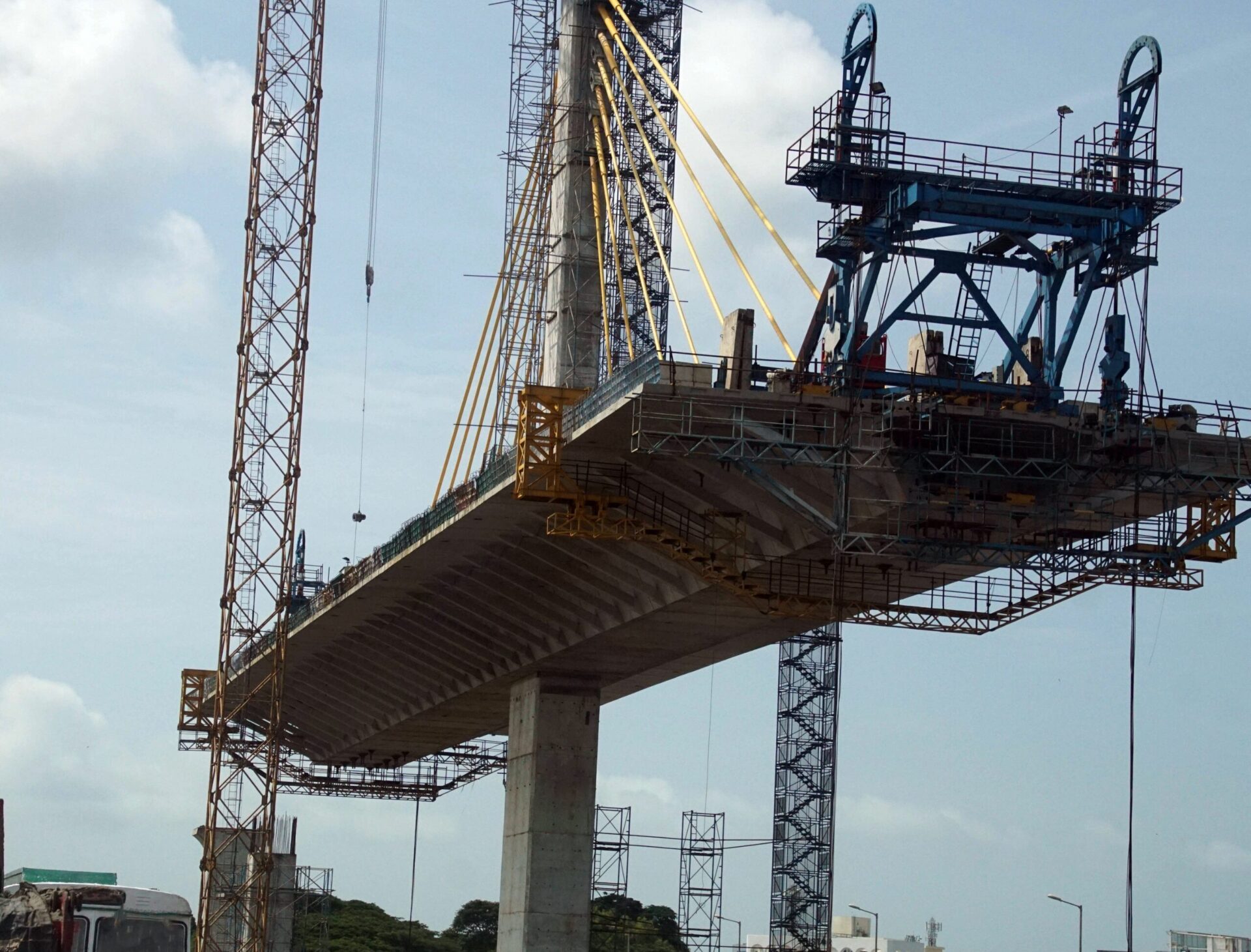
Discover the benefits of cantilever racking systems for distribution center design. Learn how to max...
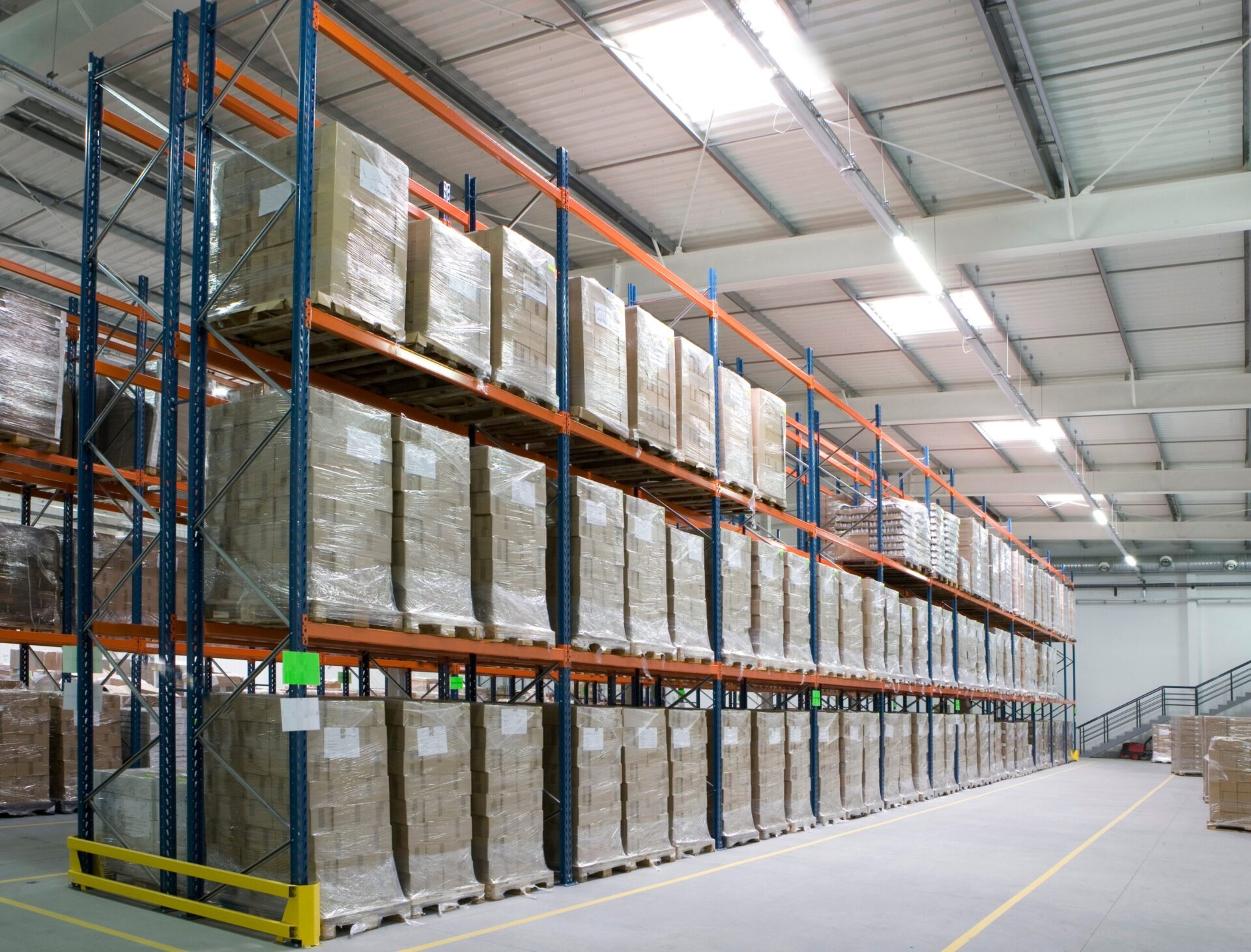
Discover the features and benefits of single deep racking systems for efficient warehouse storage. L...

Many supply chains grapple with SKU proliferation while working to lower inventory levels. The resul...
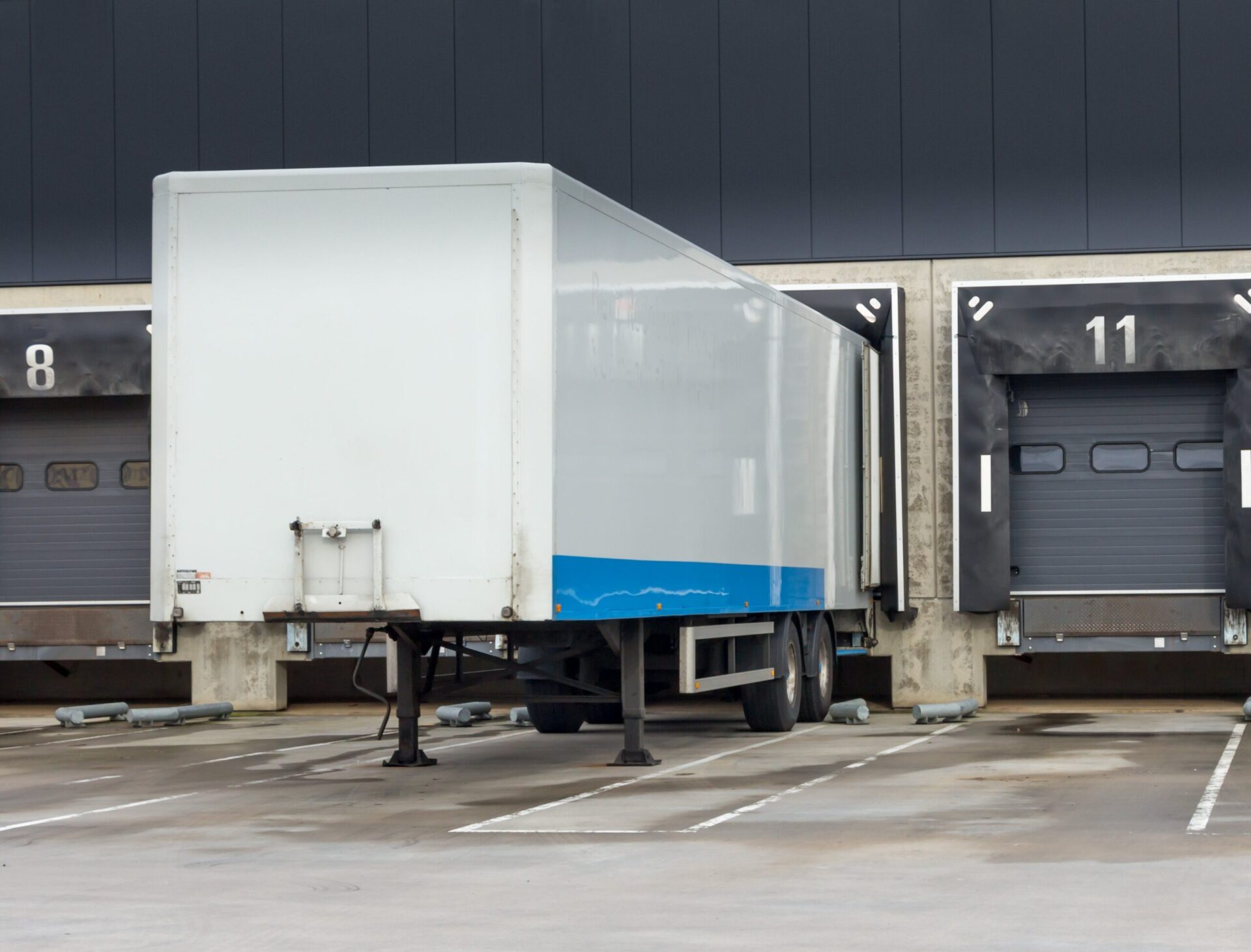
Discover the pros and cons of national and regional 3PL providers. Learn how to select the ideal par...

The most common question on everyone’s mind when preparing to launch a new software system is How lo...

Though it has existed for at least twenty years by now, e-commerce continues to force innovation in...

With foodservice distributors losing market share, what should an independent broadliner do?
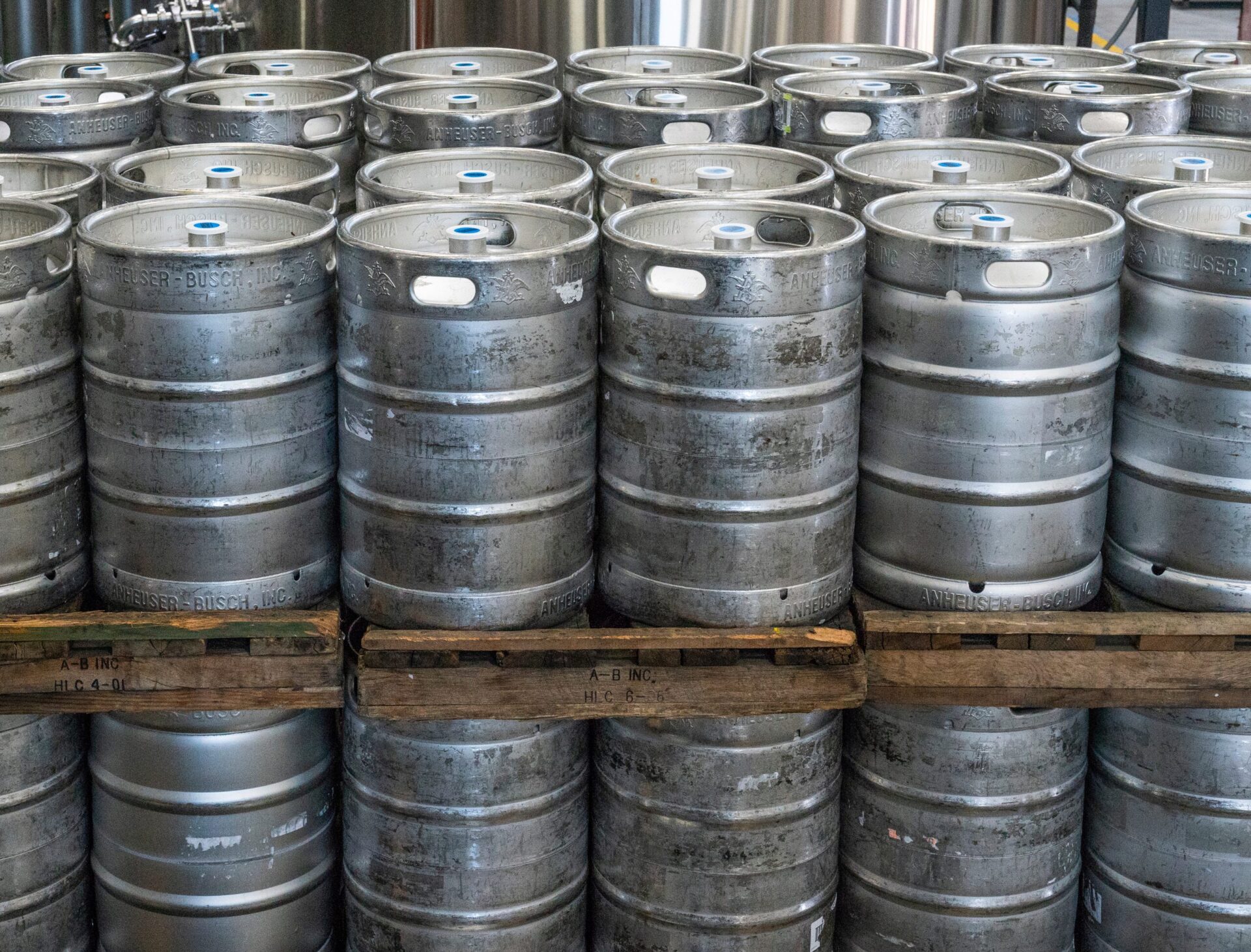
Learn how to optimize your warehouse layout storage for maximum efficiency. Discover strategies to i...

Foodservice distributors face competition from grocery stores, e-commerce platforms, and local suppl...

Earlier this week, a routine trip to Staples turned into a lesson on the importance of barcodes in r...
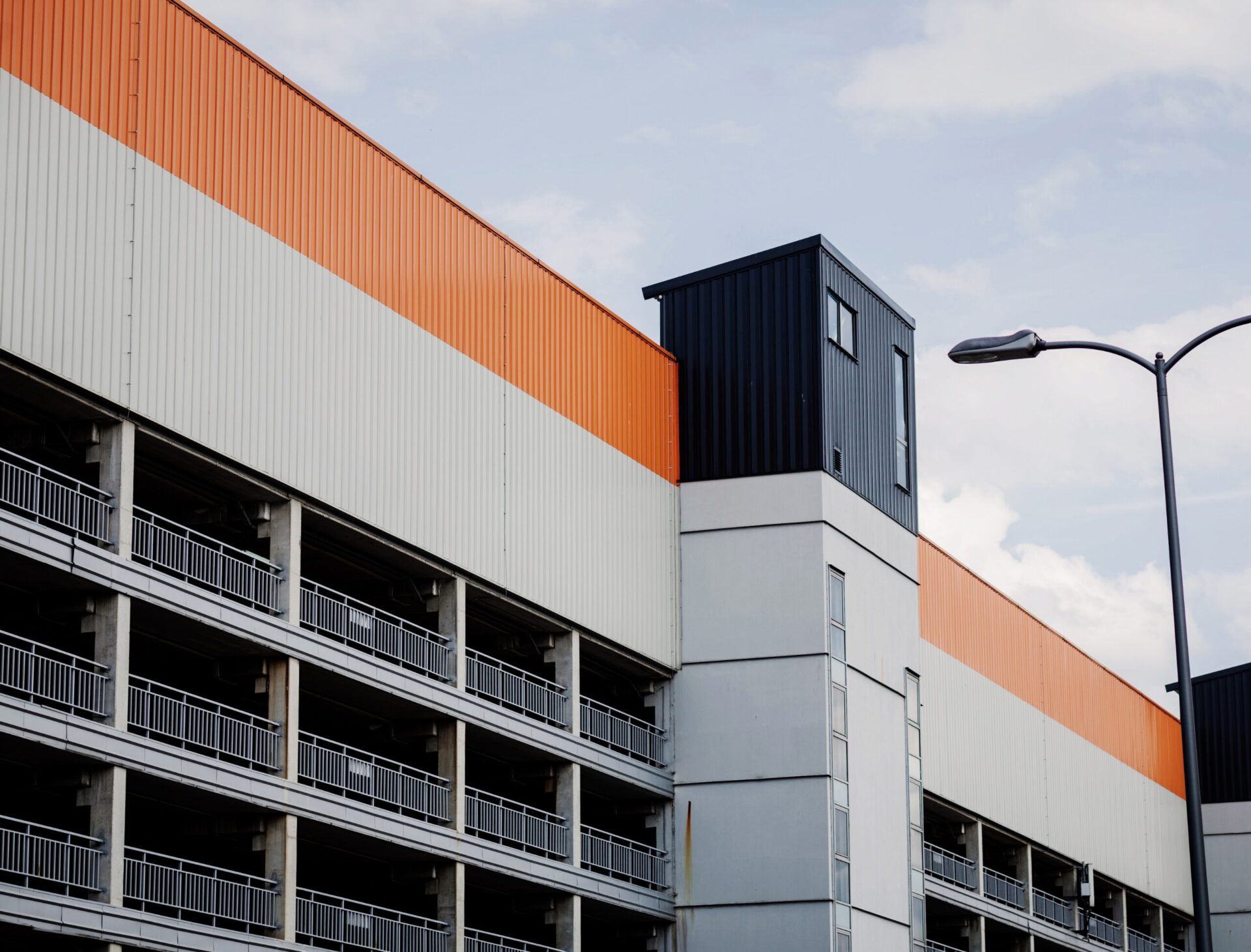
The typical ninetenth century warehouse was a multistory building. Early in the 20th century forklif...

Discover why pre-launch hardware testing is essential for the successful implementation of ERP and W...

By Ben VanderBeek February 12, 2019| 3 min read Ready, set, go live So, you’ve completed your...

Prioritize inventory management in your central kitchen setup with effective strategies. Explore the...

Food manufacturers inevitably encounter the question of whether to add a WMS or deploy more function...

By Charles Fallon December 4, 2018| 2 min read A new ERP potentially means major changes for...

By Emilio Colangelo November 20, 2018| 4 min read Ever been in a meeting where someone from IT drops...
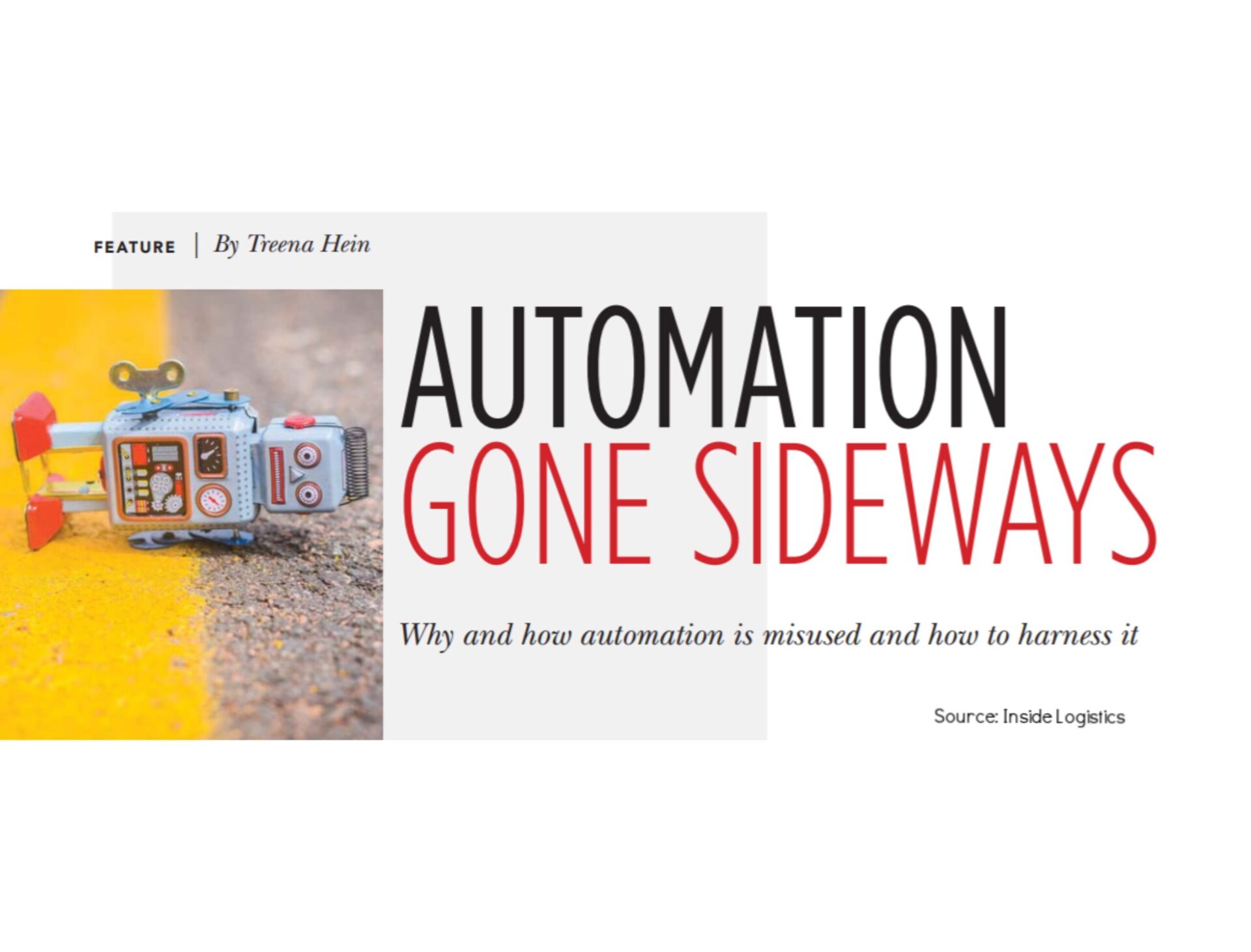
Learn how to avoid common automation mistakes in supply chain operations. LIDD expert Charles Fallon...

By Dennis Yunick November 7, 2018 | 2 min read Stakeholder buy-in, or lack thereof, can make...

By Ben VanderBeek October 29, 2018| 4 min read Despite the ubiquitous awareness of the softwa...
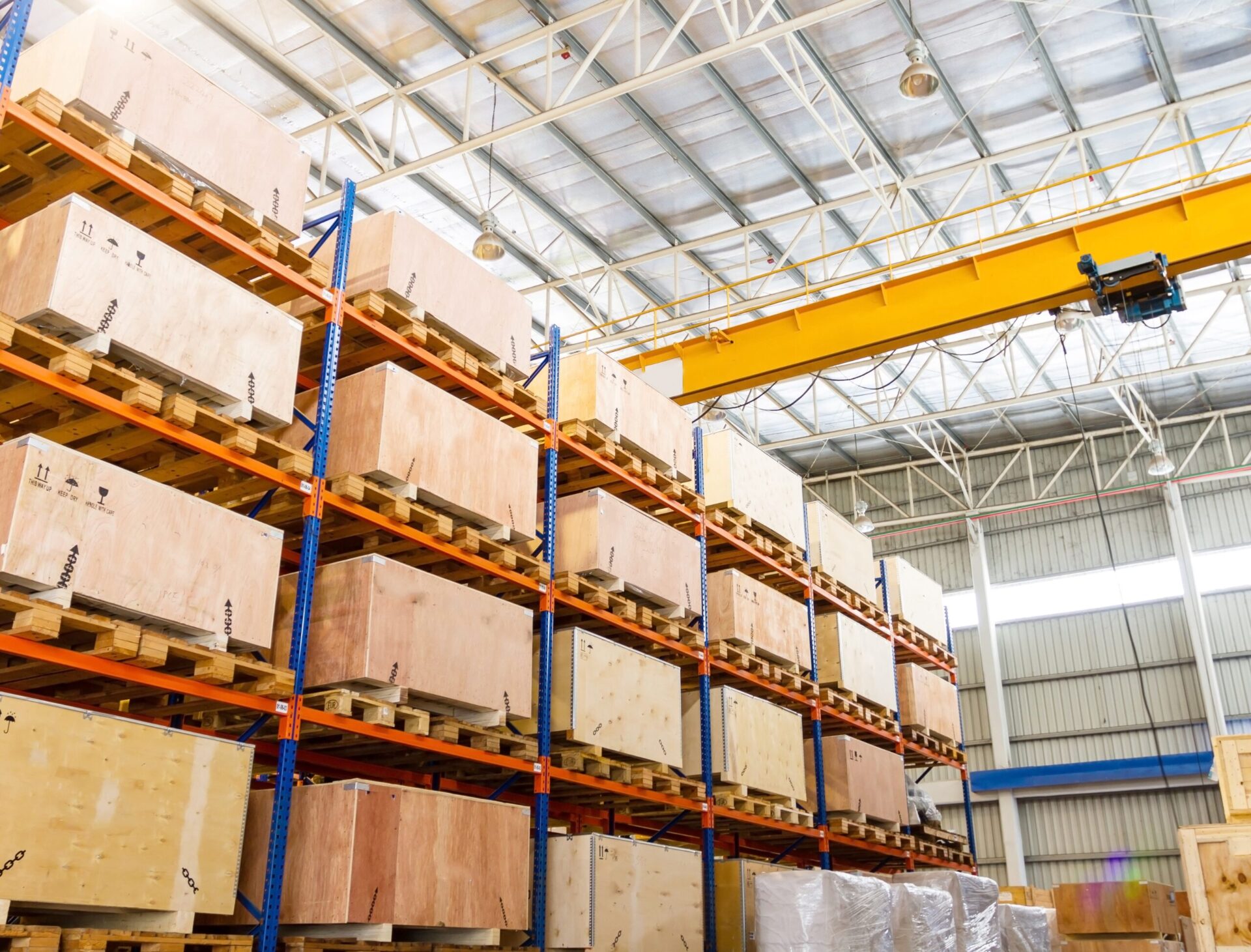
An online search for warehouse storage capacity generates an array of different methods to calculate...

Quick reminder on easy backup approaches to secure your supply chain data with 3 copies, 2 on-site s...

By Jennifer Hall August 21, 2018 | 4 min read Several picking strategies are possible in a DC...

Your supply chain infrastructure is at the heart of your business. Its productivity and efficiency h...

Though expensive, air shipping enables goods to crisscross the world with remarkable speed. Here are...

Small oversights in a fast-paced environment can quickly multiply and create unintended consequences...

Learn how digital-native consumers are reshaping the food industry. Discover how their focus on heal...

By Romain Pietkowicz July 24, 2018| 2 min read “Hey Siri” and “OK Google” are what first come...

Over long distances, shipping by rail will be cheaper, faster and less carbon-intensive than truckin...

By David Beaudet May 29, 2018 | 2 min read When introducing e-commerce into your DC, you’ll n...

Perfect packaging is crucial for food startups. Protect your product, optimize costs, and enhance yo...

By Marc Menard May 15, 2018| 4 min read A startup food manufacturer planned to sell its new p...

Though it has existed for at least twenty years by now, e-commerce continues to force innovation in...

Explore the differences between shipping via courier and freight methods, including insights on TL,...

By Mathieu Galipeau April 24, 2018 | 4 min read As any IT project approaches its implementati...

To transition from wholesale to e-commerce smoothly, start by defining your online customers. This c...
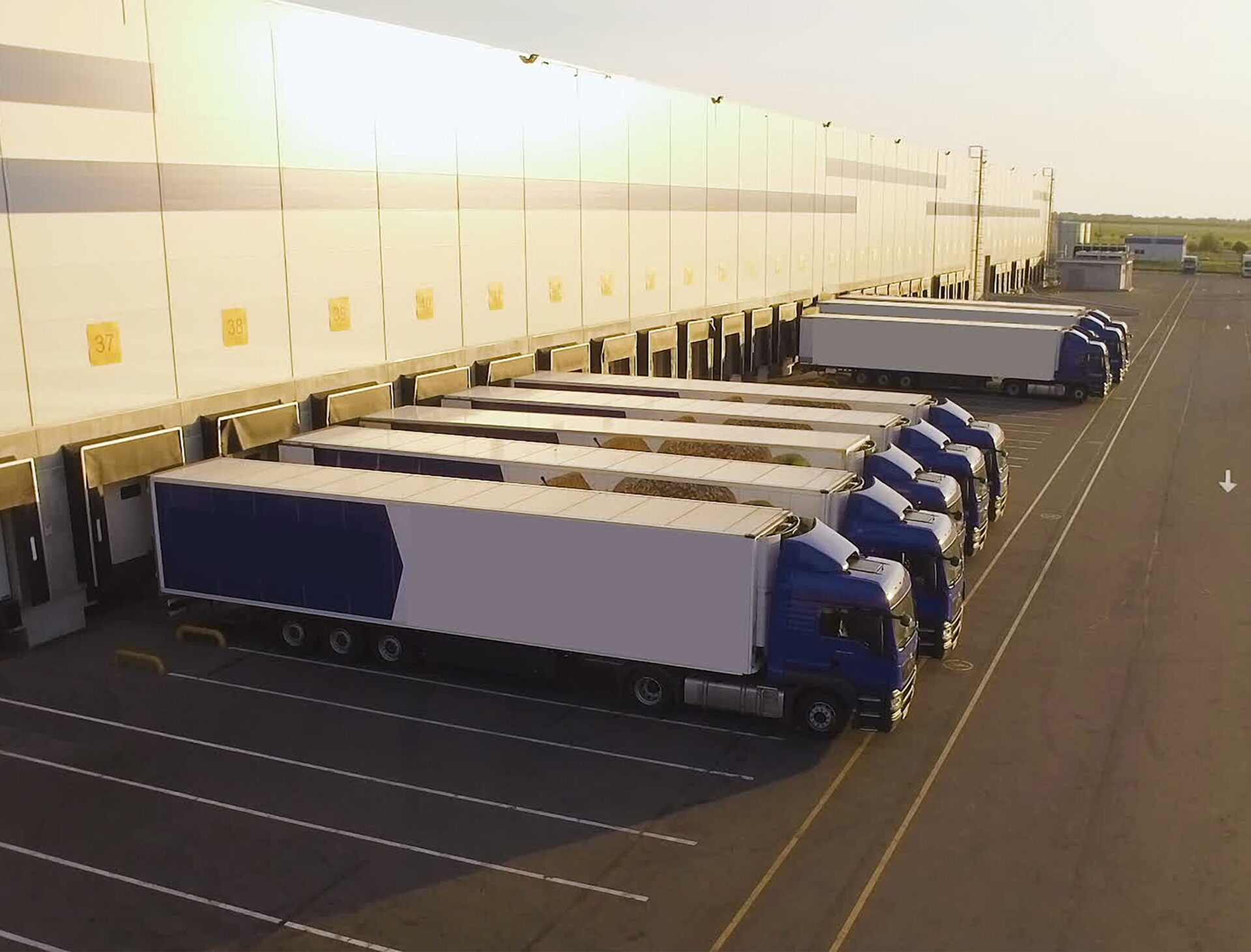
You want to find a 3PL you trust, with smart management and good resources. And it goes both ways –...

Discover the 5 basic steps to follow when selecting a new WMS.

By Jean-Martin Roux March 20, 2018 | 2 min read From all the data a WMS gathers in the...

By Gabrielle Tiven February 20, 2018 | 2 min read Your business can generate lots of data, bu...

By Jeff Hamilton February 13, 2018| 2 min read I’ve recently spent a lot of time managing a c...

Two interesting articles published recently discuss the challenges confronting consumer packaged goo...

Shifting to e-commerce requires seamless communication between departments. Discover how to align sa...

A functional Warehouse Management System (WMS) is a critical pillar of your supply chain infrastruct...
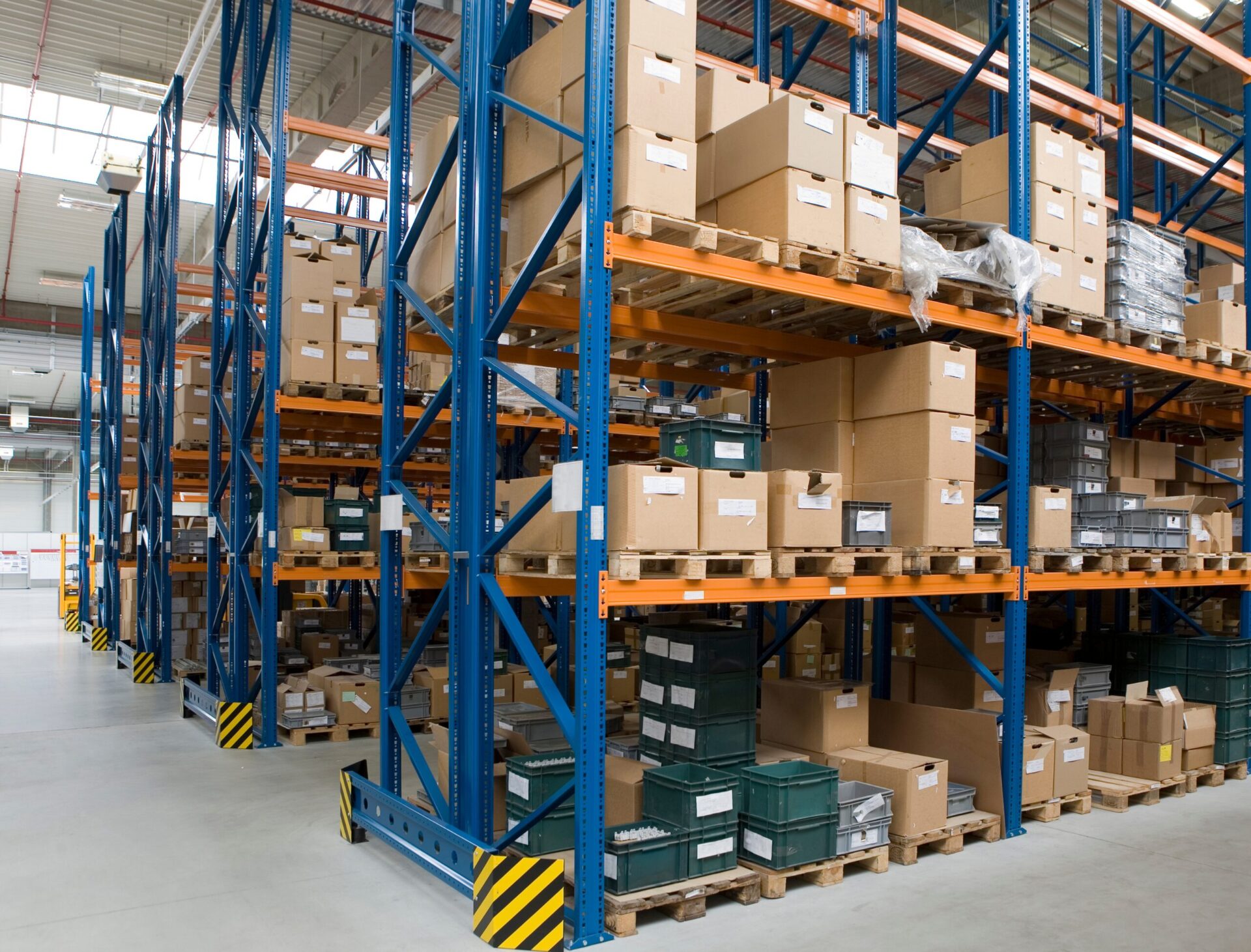
The goal of product slotting is to strike the perfect balance between picking and replenishment labo...

When planning eCommerce fulfillment, deciding whether to pick orders at the distribution center or i...

Optimize your startup's purchasing process. Discover essential tips for tracking inventory, managing...

A WMS doesn’t just record completed transactions. It should let you plan the timing and priority of...

WMS selection requires a comprehensive process that must both meet the company’s current needs and e...

Optimize your supply chain with effective infrastructure planning. Learn how to integrate facilities...
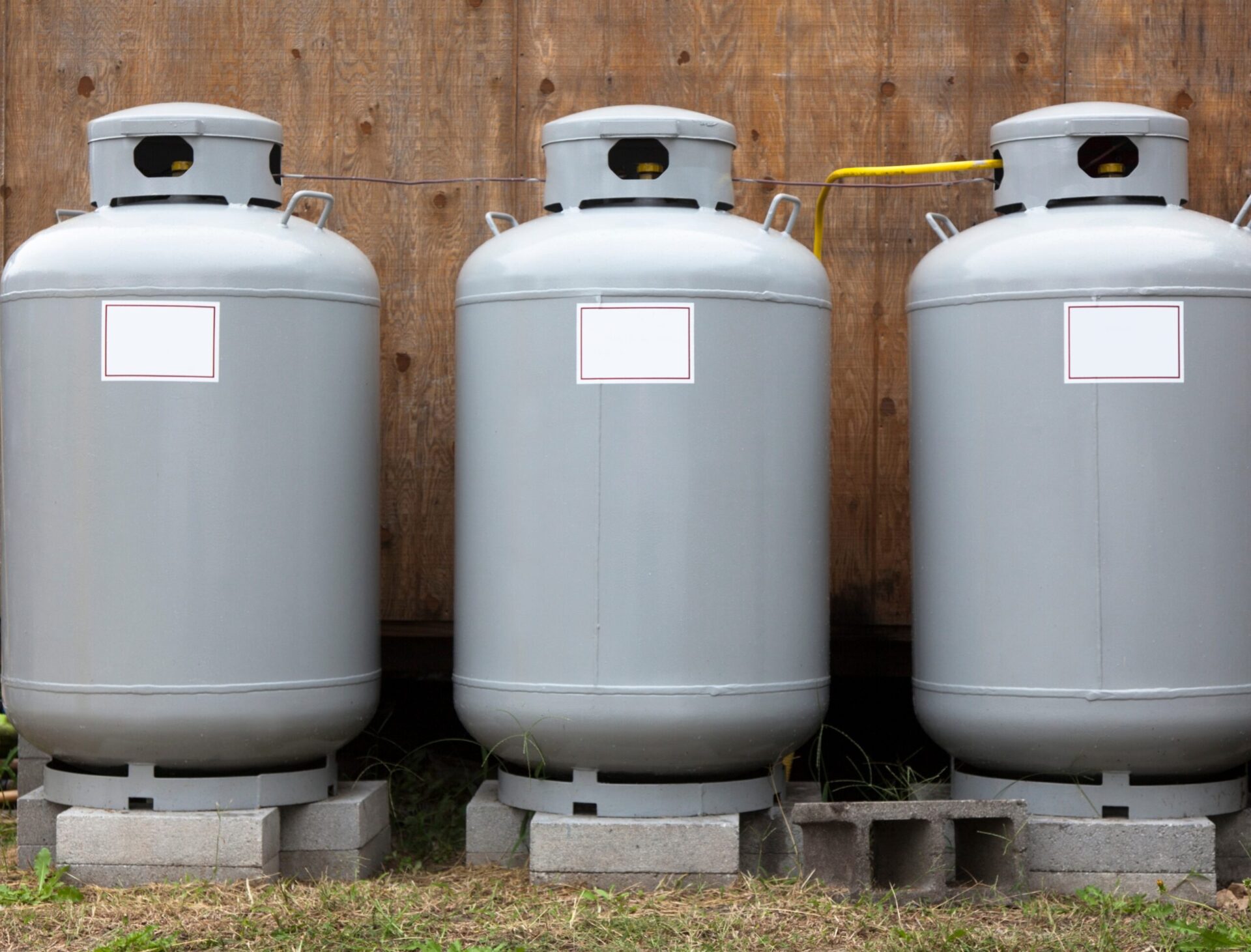
In most cases, goods stored in warehouses are packaged and palletized, making them easily storable i...

Discover the complex math behind successful subscription-based distribution. Learn how to optimize y...

Learn from industry experts at the LIDD Forum. Discover strategies to overcome supply chain challeng...
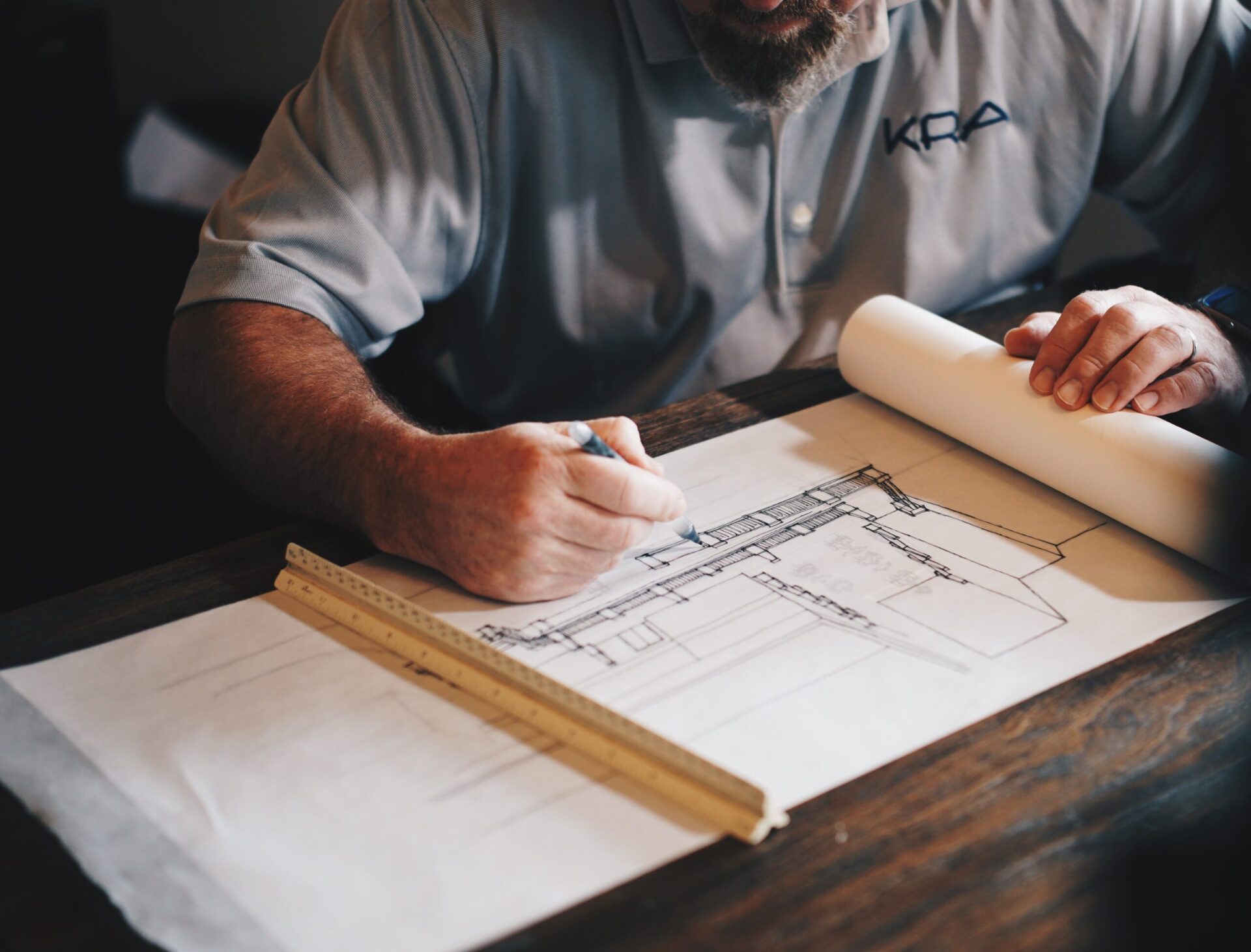
Learn how 3D modeling enhances warehouse layout design. Discover the benefits of using 3D for comple...

Explore invaluable insights from a seasoned DC designer on creating efficient pallet racking layouts...

Perfect packaging is crucial for food startups. Protect your product, optimize costs, and enhance yo...

The overall performance of a foodservice distribution facility has a strong correlation with the fun...

Discover essential strategies for optimizing distribution center slotting to enhance efficiency. Lea...

Perfect packaging is crucial for food startups. Protect your product, optimize costs, and enhance yo...

By Charles Fallon June 27, 2017| 2 min read In a typical warehouse, picking represents roughl...

By Jennifer Hall June 20, 2017 | 3 min read Whether it’s an expansion, a new building or a...

You shouldn’t just install a WMS and expect that it will function without oversight. Your WMS is a c...

Your infrastructure defines how your supply chain operates and determines how well it serves your co...

By Charles Fallon May 23, 2017 | 4 min read Warehouse Management Systems are necessary compon...

When we start a project, we’re never surprised to find out that the client doesn’t have up-to-date o...
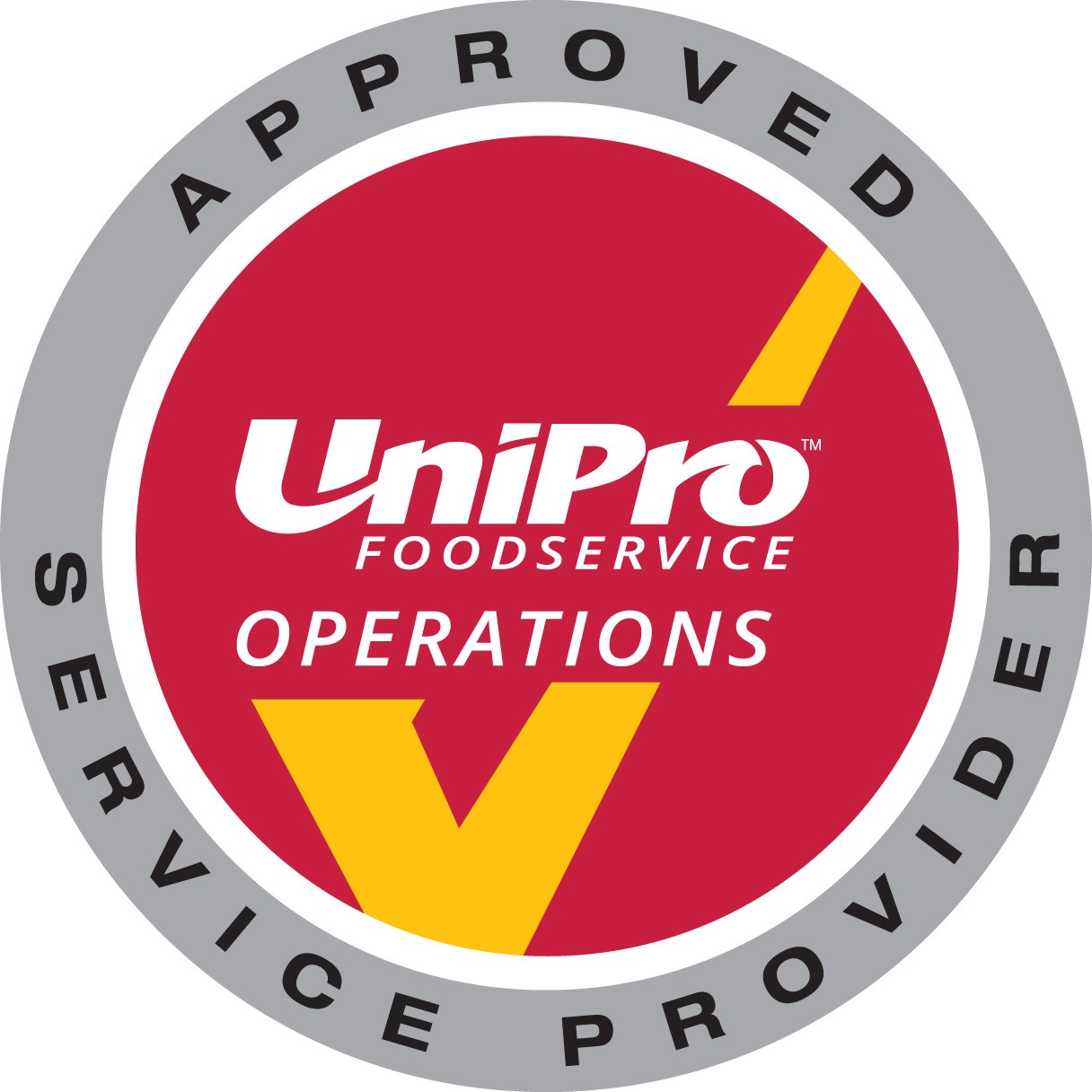
Meet LIDD at Unipro! Optimize your distribution center layout for maximum efficiency and cost saving...

I was recently working on a project for a large foodservice distributor who wanted to serve a new cl...
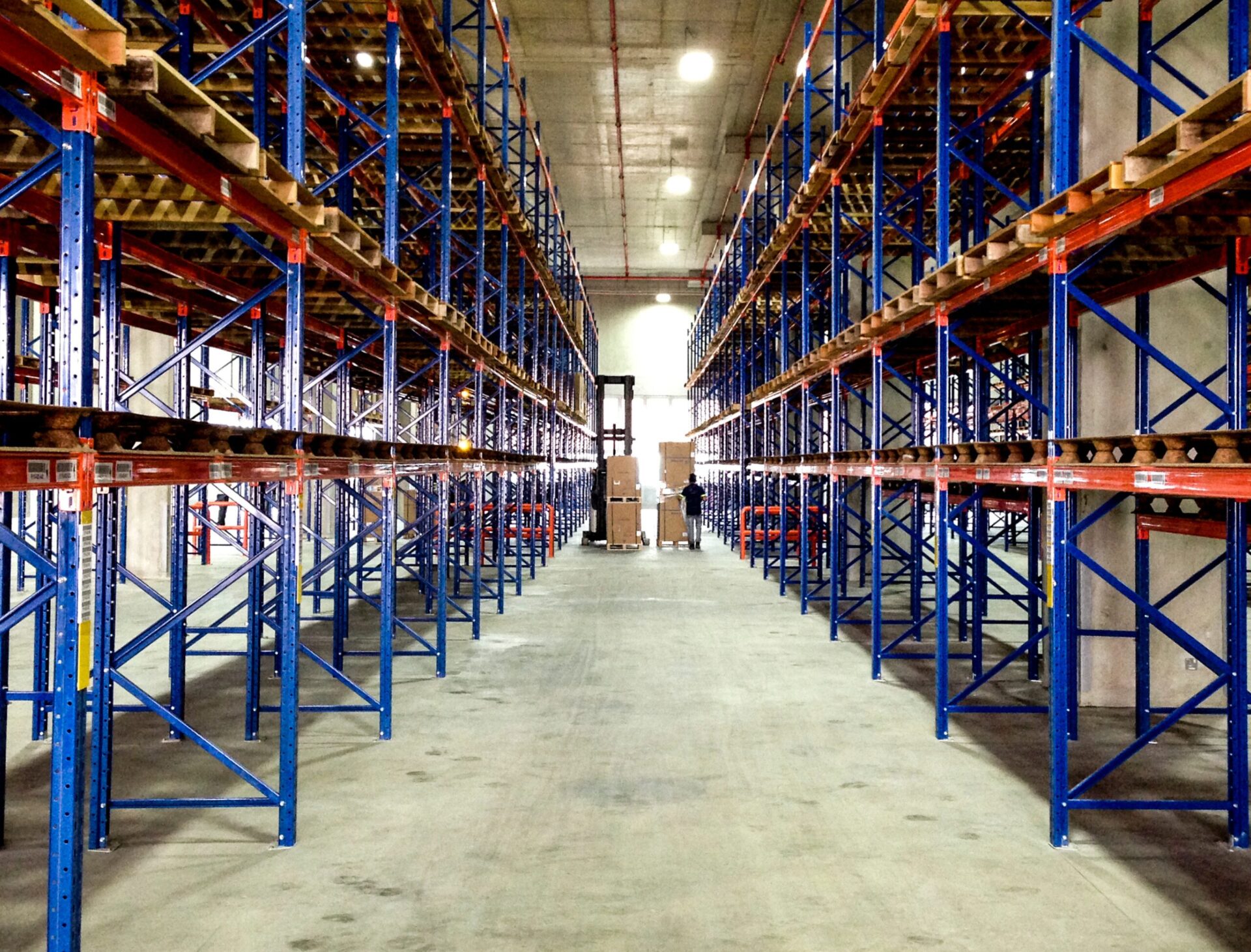
Discover essential insights on optimizing aisle widths in warehouse racking layouts to maximize stor...
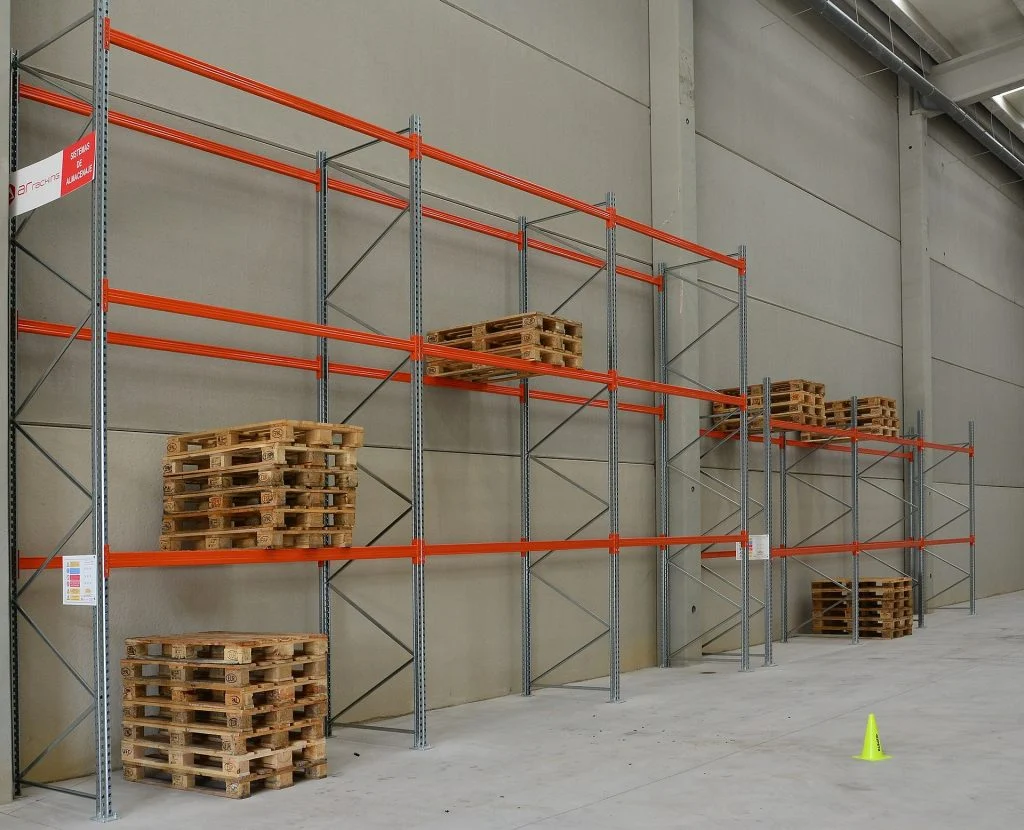
Explore expert insights on designing efficient pallet racking layouts in warehouses with wide column...

Explore invaluable insights from a seasoned DC designer on creating efficient pallet racking layouts...

By Charles Fallon April 12, 2017 | 4 min read Few concepts are more fundamental to warehouse...

Discover how to design your warehouse for maximum efficiency. Learn about storage capacity, slotting...

Choosing the best delivery method for your retail stores can significantly impact your bottom line....

Optimize your retail supply chain by selecting the best store delivery method. Learn the pros and co...

By Charles Fallon February 28, 2017| 2 min read Your business has been doing well! Not only h...

By Charles Fallon December 12, 2016 | 2 min read The Director of Logistics at one of our new....

By Gabrielle Tiven November 29, 2016 | 2 min read This election season I had a strategy for v...

By Jasmine Joseph September 29, 2016 | 4 min read I completed my engineering degree at the Un...

We designed the report to better understand how companies in the foodservice industry are using thei...

“Why are so many bins short now? What’s going on?” All of a sudden, the pick bins inside a big e-com...

Discover the importance of strategic dock design to avoid operational setbacks and maximize efficien...

Discover the key factors behind FreshDirect's successful online grocery model. Learn how to build a...

The New York Times recently profiled a new storage and retrieval system that the New York Public Lib...
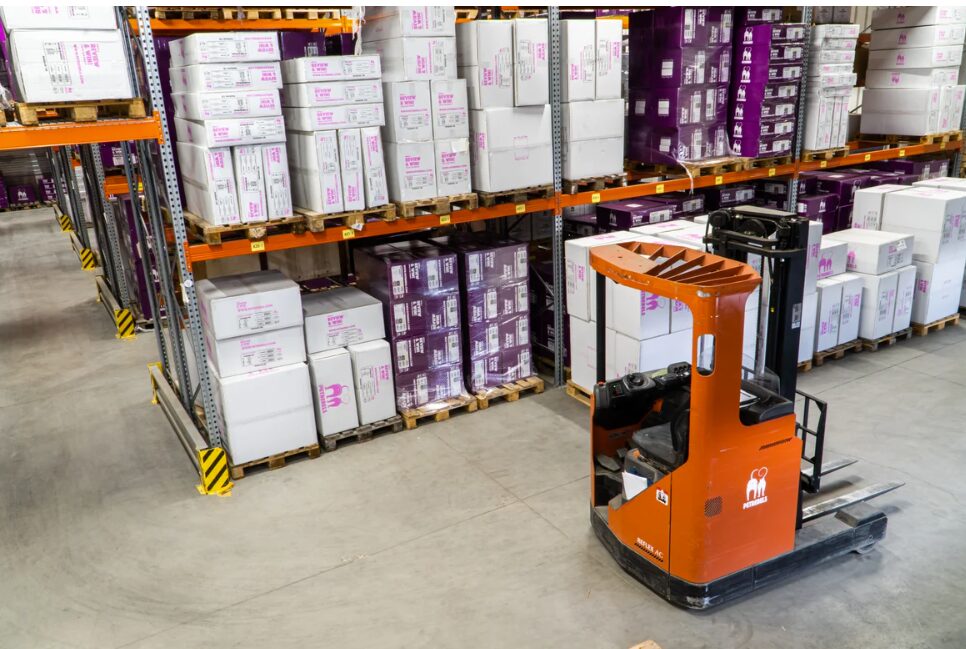
Author: Gabrielle Tiven October 19th, 2015 | 2 min read Choosing the Best Slotting Strategy for You...

There are two basic strategies for assigning items to bin locations in a warehouse: fixed slotting s...

LIDD strengthens e-commerce team with the hire of Gabrielle Tiven. Based in NYC, she will help growi...

Every six weeks or so, it seems this photo (or variants of it) takes over LinkedIn feeds and other p...

Explore the real impact of venture capital in supply chain technology. Understand the practical step...

LIDD study reveals significant infrastructure investments needed for SAQ to manage glass bottle recy...

Discover the challenges faced by online grocery customers. Learn from real-life examples of what wor...

By Charles Fallon January 5, 2015 | 3 min read Here are 5 things every supply chain professio...

By Charles Fallon November 27, 2014| 4 min read Amazon’s robots are getting flattering press....

By Charles Fallon November 12, 2014| 4 min read I was in a meeting recently with the transpor...

Discover the secrets to successful project management. This post outlines four essential factors: co...

Amazon is doubling down on KIVA robots with a plan to deploy 10,000 units. But does this massive inv...

If you google the term “supply chain”, you’ll find dozens of definitions that say the same thing: th...

The Canadian federal government's decision to eliminate door-to-door deliveries, even in urban areas...
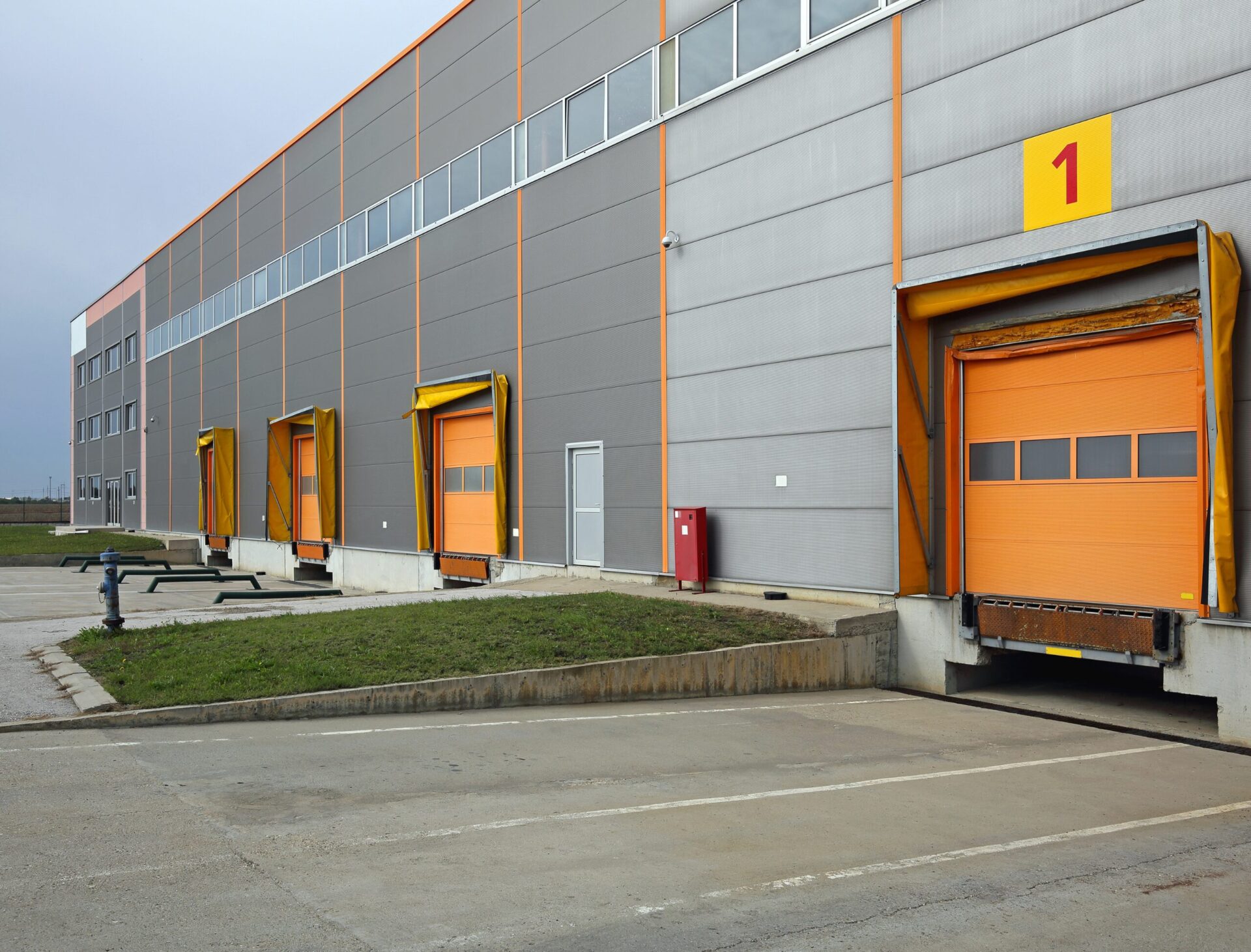
Explore the latest advancements in dock door design and trailer interaction to streamline distributi...
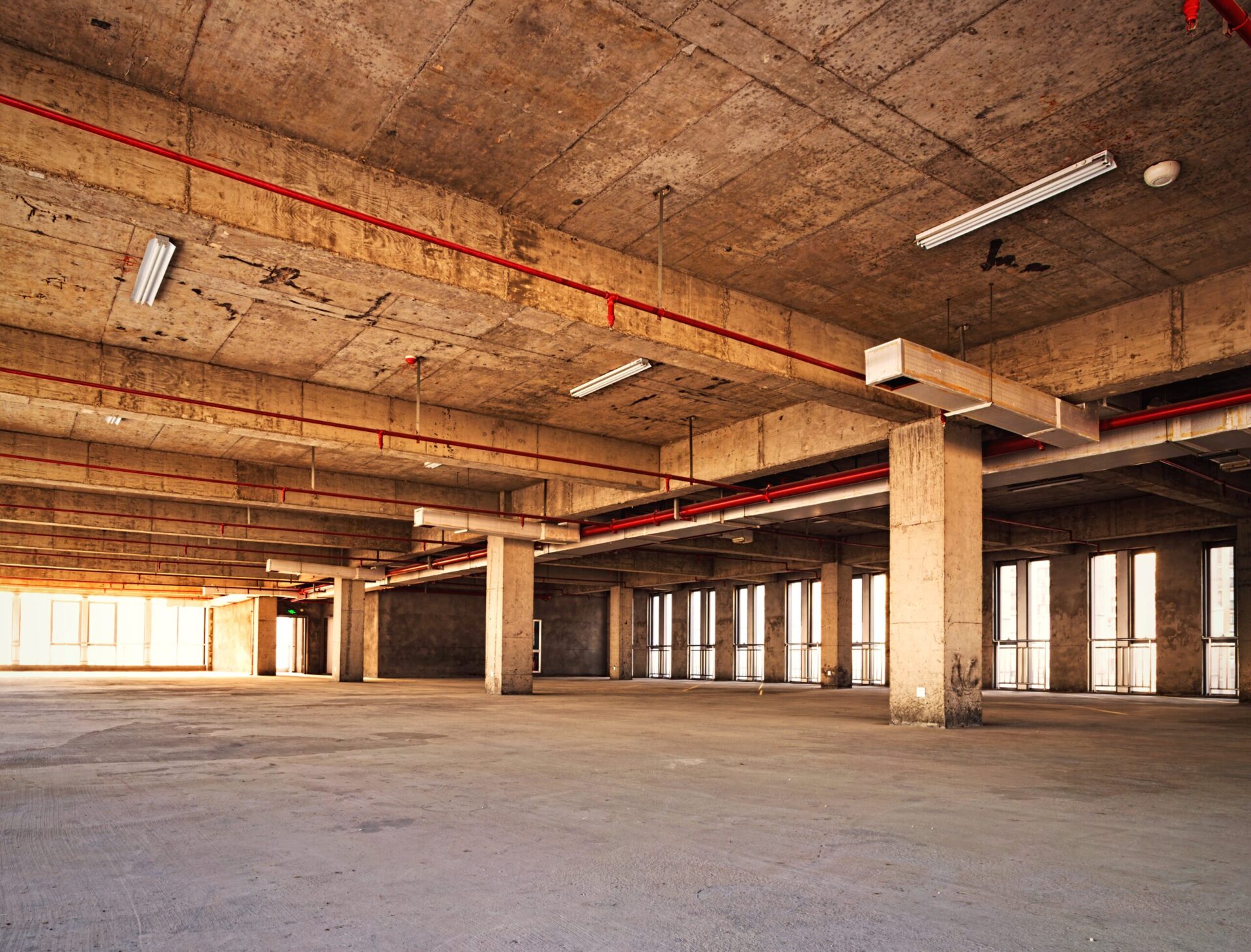
One of our clients needs 200,000 sq.ft in a specific corner of the United States. This week, the sea...

The recent e. Coli outbreak linked to raw milk cheese emphasizes the urgent need for effective suppl...

Improve warehouse picking efficiency with low-level order pickers. Learn how to maximize your wareho...
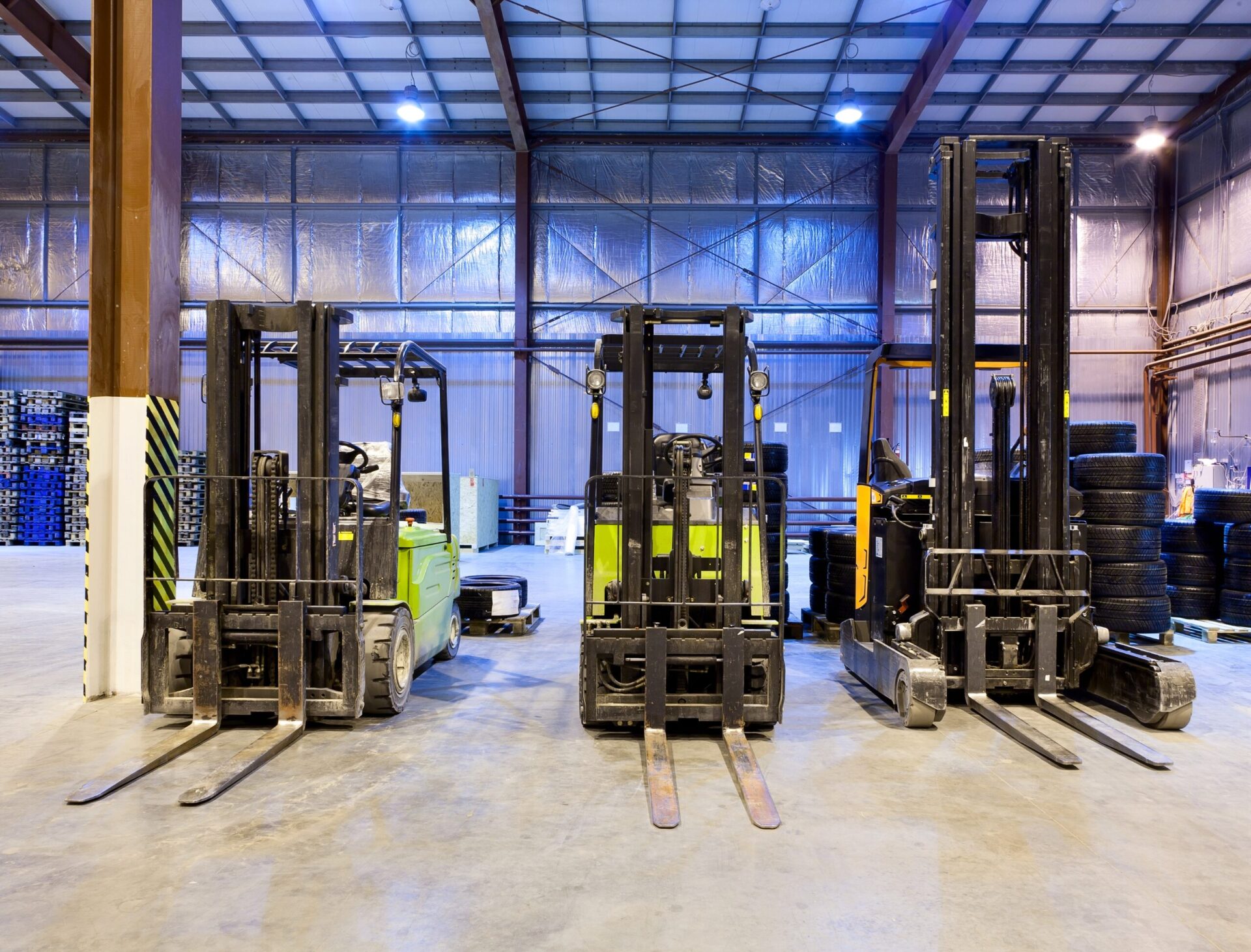
By Steve Zerter July 31, 2013 | 4 min read A distribution facility has reached the point wher...
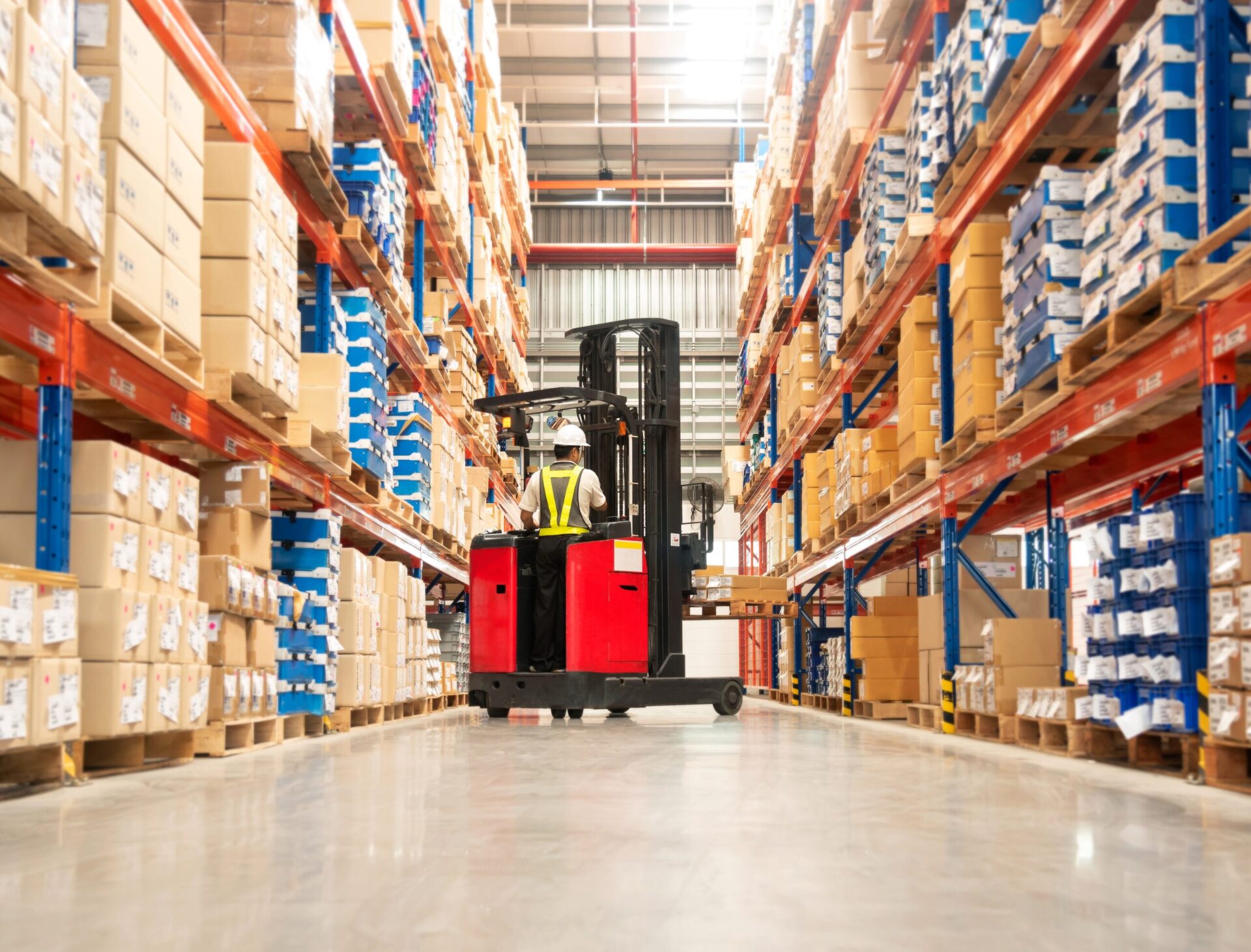
By Charles Fallon January 25, 2013 | 2 min read SKU proliferation in food distribution has ge...

By David Beaudet December 17, 2012| 3 min read When looking at the factors that affect produc...

The most important thing to consider before increasing storage capacity is whether or not you should...

By Charles Fallon November 6th, 2012 | 2 min read Optimize Your Distribution Center: The SKU Rationa...

By Charles Fallon November 6, 2012 | 4 min read 1. Receiving The DC manager of a Texas...

By David Beaudet October 25, 2012 | 2 min read Talking about pick lines and their impact on d...

Good consultants understand that decisions are rarely black and white, rather, they exist in shades...

By Charles Fallon October 15, 2012 | 2 min read In logistics, few things are more fundamental...

Earlier this week, a routine trip to Staples turned into a lesson on the importance of barcodes in r...

Learn how to effectively integrate services into your distribution network. Discover strategies for...

Managing high-volume piece picking operations can be complex due to the need for efficient stocking,...